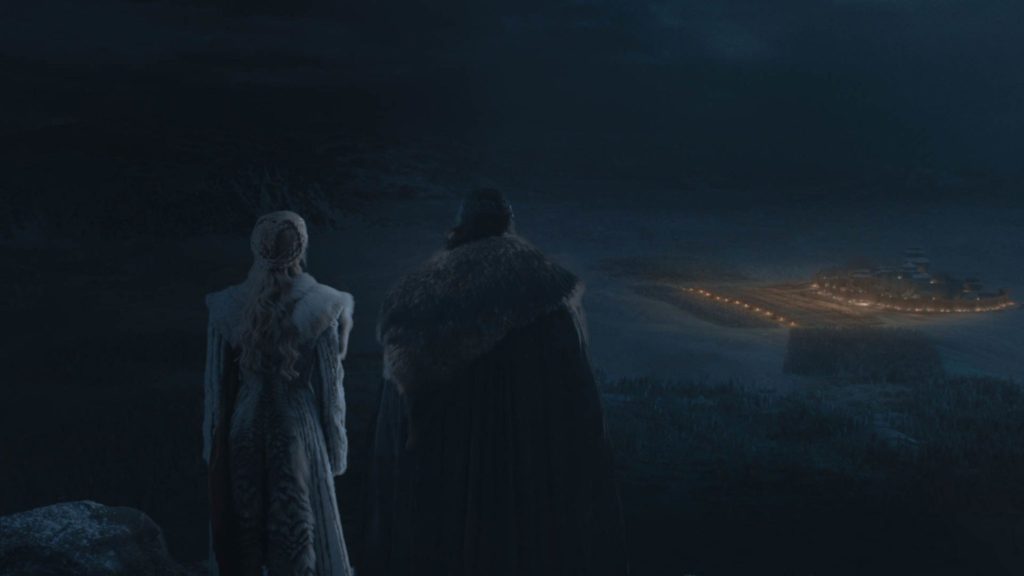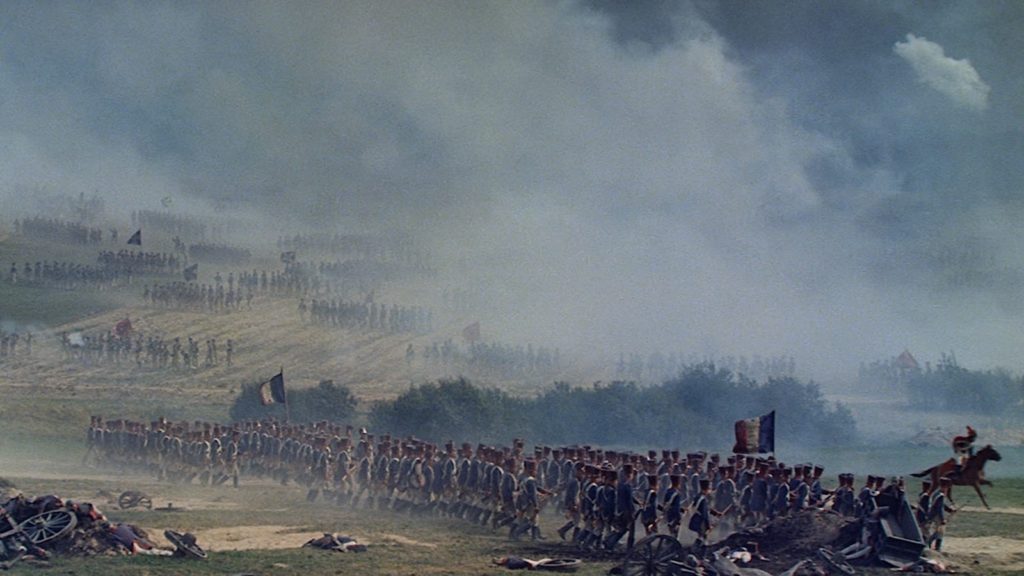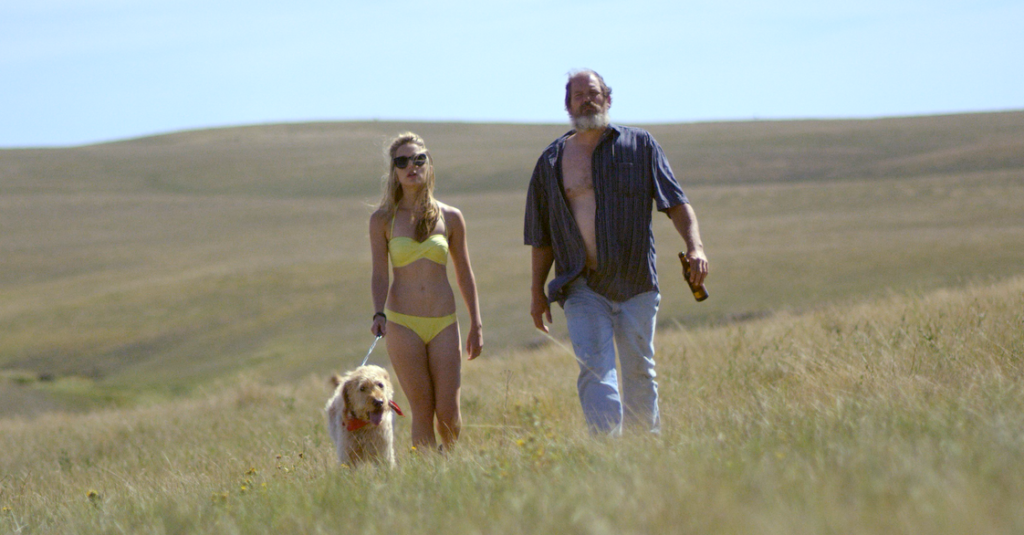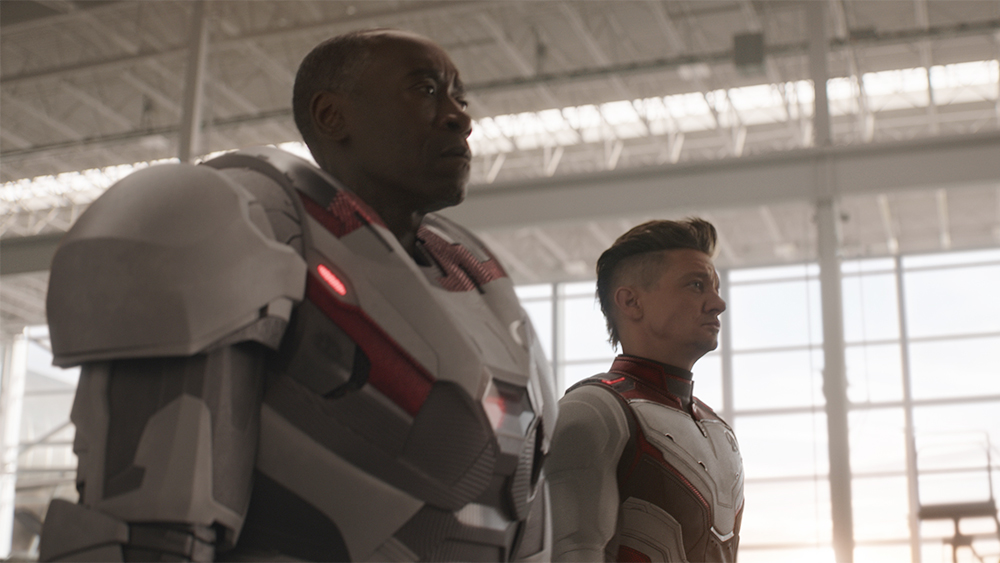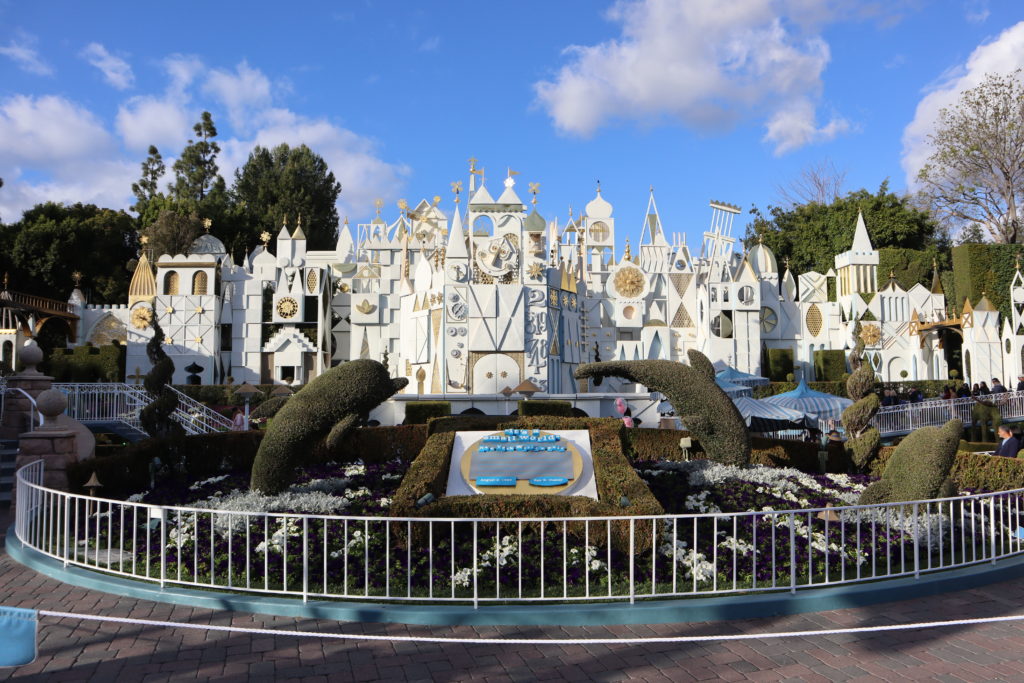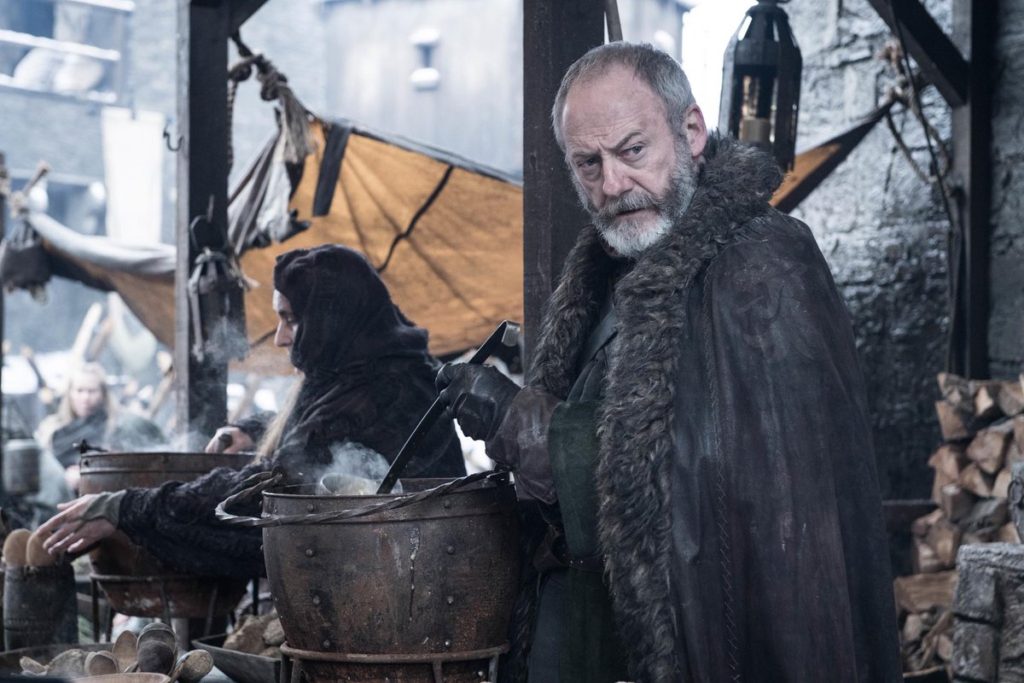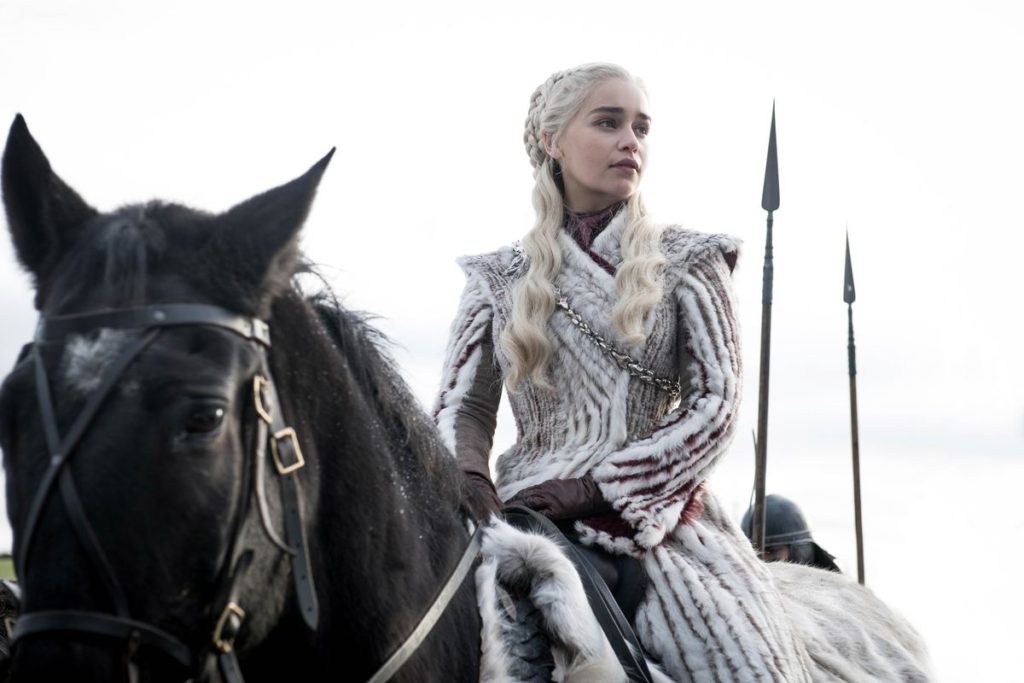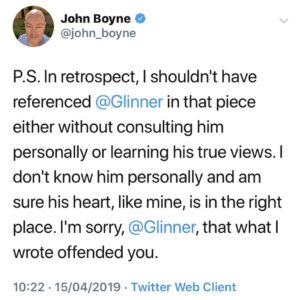Disneyland knows how to give people a good time. You don’t earn the moniker, “the happiest place on earth” without doing at least a few things right. From the parades to the costumed characters to the delectable desserts, there’s so much to do in Disneyland, but one element of the park experience reigns supreme above all others: the rides.
There are many great rides at Disneyland. While it’s pretty hard to fit them all in a day, perhaps even harder was the effort to rank them all in a cohesive manner. This list attempts to do so, providing a complete ranking of every ride Disneyland has to offer.
While any list like this one carries with it a fair degree of subjectivity, it was compiled with every attempt made to use a consistent rubric for each ride. A roller coaster, of course, differs in experience from a traditional dark ride, but each attraction leaves visitors with a certain sense of satisfaction for having ridden it. However quantifiable a concept like “wonder and awe” is remains to be seen, but this list represents an effort to gauge the satisfaction garnered from each ride, irrespective of ride type.
This list does not take external factors such as average wait time, Fastpass availability, or sentimental value into consideration. I encourage to share your thoughts on the ranking in the comments section. We’ve also recorded a three-part companion series on my podcast, Estradiol Illusions, to break down each selection. A separate ranking for the rides in California Adventure will be released next month.
Note: This list will not be updated to include either ride from Galaxy’s Edge until at least a year after their opening. Given that most Disneyland rides are well over a decade old, it seems fair to give both Smuggler’s Run and Rise of the Resistance time to have their merits properly evaluated.
All pictures taken by Ian Thomas Malone
Honorable Mentions
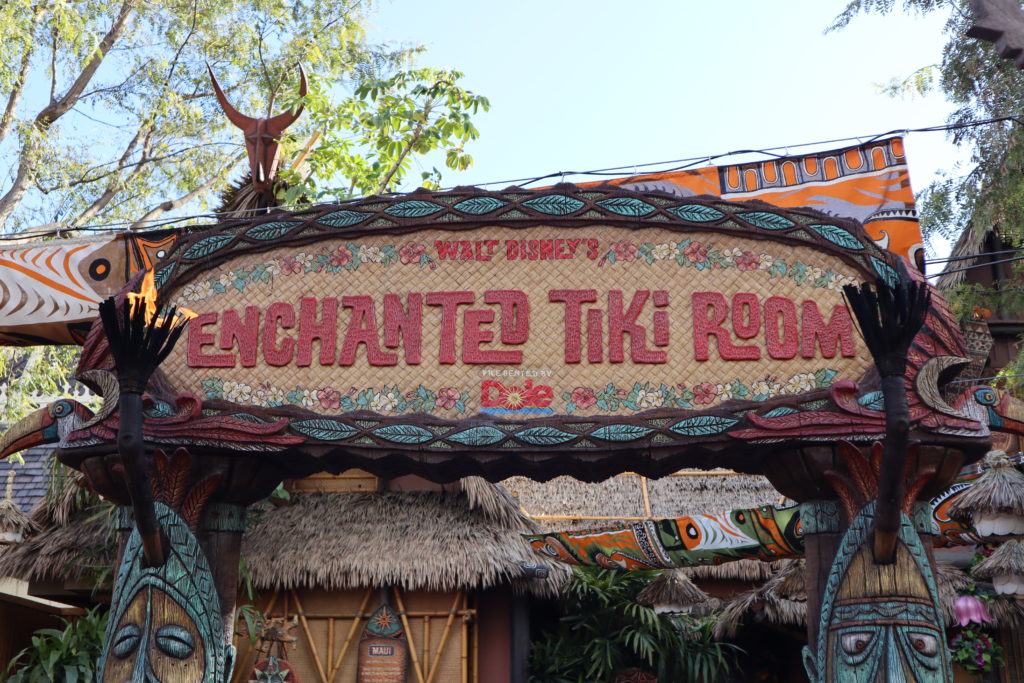
The Enchanted Tiki Room
As someone who loves visiting The Enchanted Tiki Room, I thought long and hard trying to come up with a reasonable rationale to justify including it in the official ranking. Of all the shows throughout Disneyland, it feels the most like an actual ride, possessing a wait time rather than a set show time. Dancing along to the numerous catchy songs is an experience that closely mirrors Star Tours, with the only substantive difference being the absence of any mechanical force propelling the motion.
Trouble is, any case you could make for The Enchanted Tiki Room’s inclusion on the list essentially also holds true for Great Moments with Mr. Lincoln, which decidedly feels more like a show than a ride. For that reason, The Enchanted Tiki Room has been kept off the official ranking, though the singing birds of Adventureland are always worth a visit, preferably with a Dole Whip in hand.
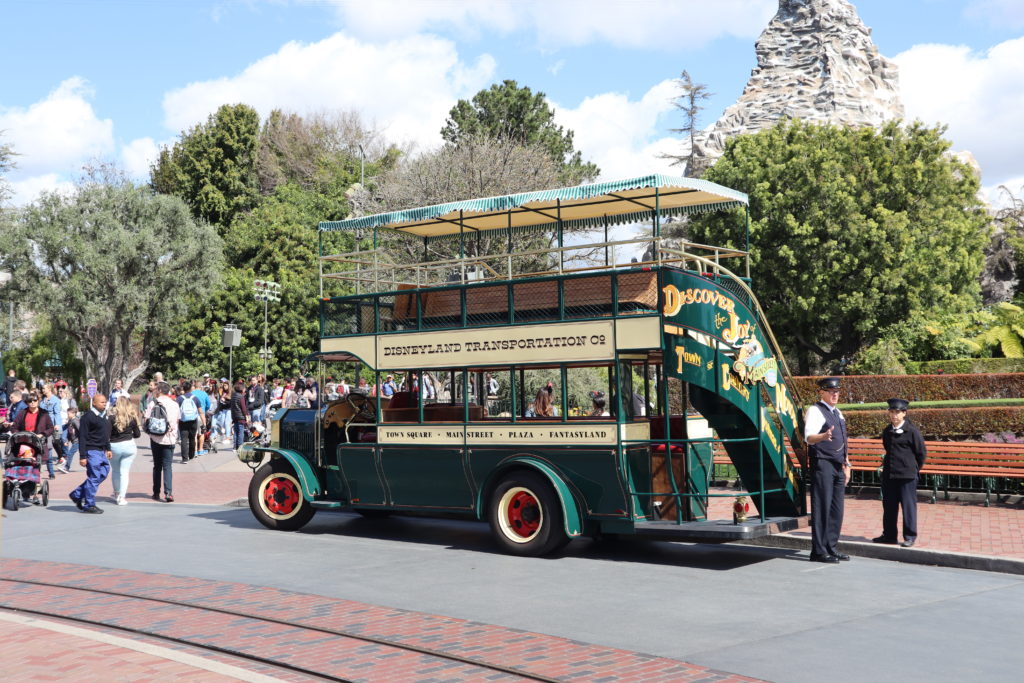
Main Street Vehicles
The inclusion of the Disneyland Railroad and Monorail set the pretext for the inclusion of the Main Street Vehicles on the official rankings, but a few issues precluded the Jitney, Omnibus, Fire Engine, and Horse-Drawn Street Car from truly qualifying for the list.
If we accept the definition of an amusement park ride as a mechanical device that carries passengers along a fixed route or course for the purposes of enjoyment, all four Main Street vehicles are essentially disqualified. The only one to explicitly follow a fixed route is the Horse-Drawn Street Car, pulled by an animal rather than a machine. The other three follow the same loop, but not on rail. The Fire Engine, for example, could make a turn and drive down Adventureland if it wanted to, which it obviously doesn’t, but the mere ability to do so sets it apart from the attractions listed in the official ranking.
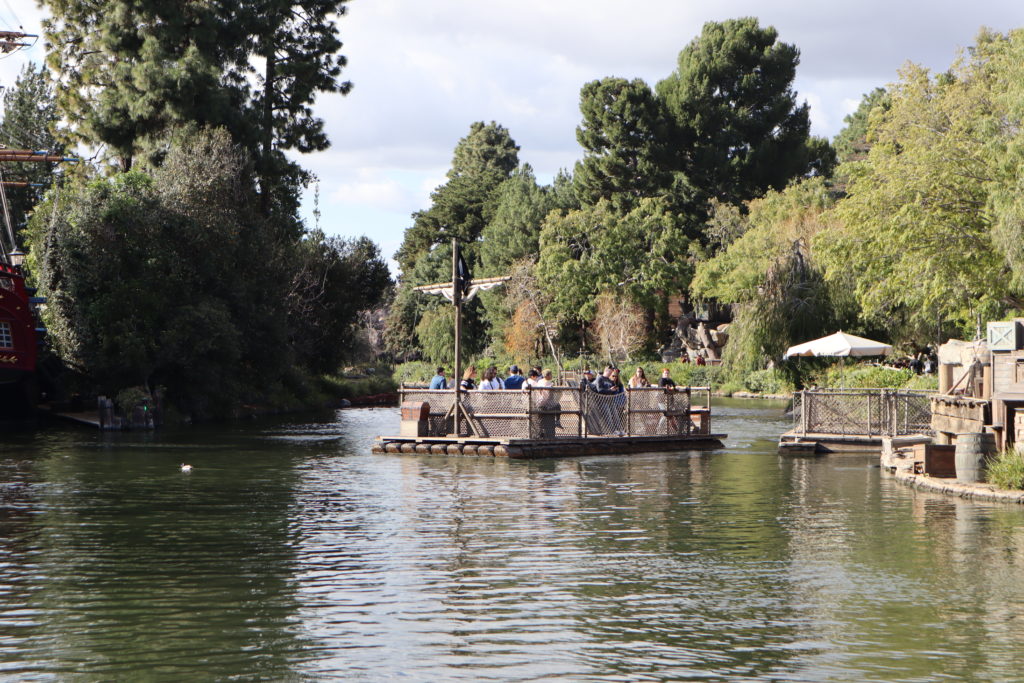
The Rafts to Tom Sawyer Island
The question of whether the Rafts to Tom Sawyer Island should be classified similar to the Main Street Vehicles or their fellow inhabitants of the Rivers of America boiled down to authenticity. Unlike the Mark Twain Riverboat and the Sailing Ship Colombia, the Rafts do not follow an underwater rail. Instead, they’re manually operated by their operators. As such, they better qualify as transportation than as actual rides.
Tom Sawyer Island has its fans, especially young children who are the appropriate size to venture into the caves. The 2007 remodeling, which added Pirate’s Lair based on Pirates of the Caribbean, gave the island a broader connection to the Disney lore. For first-time park-goers, it’s hard to recommend visiting Tom Sawyer Island with so much else to do, but on an especially crowded day, it’s not a bad way to spend an hour.
Dishonorable Mentions

Davy Crockett‘s Explorer Canoes
You won’t see the canoes in the picture because you probably won’t see them in the park either. Davy Crockett’s Explorer Canoes are almost never open. The attraction is also powered by human labor, disqualifying it from the list even if it was open.
Unless you want to be splash by someone’s oar, or disappointed by the people who won’t row their paddles, Davy Crockett’s Explorer Canoes should be avoided at all costs. The real Davy Crockett would assuredly have been disappointed by the state of his attraction. A Disneyland original, Davy Crockett’s Explorer Canoes has been intermittently open since 1955, providing a mediocre experience to generations of park visitors.
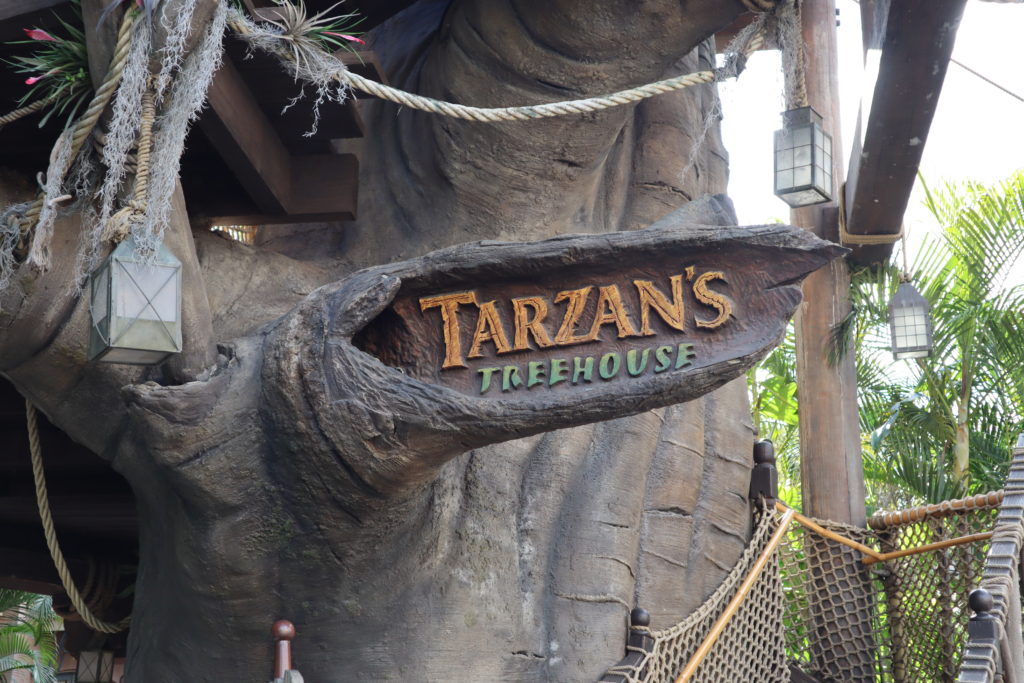
Tarzan’s Treehouse
Guaranteed to leave your knees feeling creakier than if you took a ride down Matterhorn Mountain, Tarzan’s Treehouse is among the most skippable attractions in the park. While some Disneyland purists might still lament the loss of its predecessor, The Swiss Family Treehouse, my personal ill feelings are typically reserved for days when the park is so crowded I feel compelled to make the trek up all those stairs.
The treehouse itself is a pretty good recreation of the one from the film, complete with a few throwbacks to its Swiss Family predecessor. While the attraction does a decent job trying to tie itself to its source material, it’s hard to recommend for any reason other than needing to kill time before an Indiana Jones Adventure Fastpass starts. The Hong Kong Disneyland version is situated on its own island, quite cooler than the California setting.
The Disneyland Ride Ranking
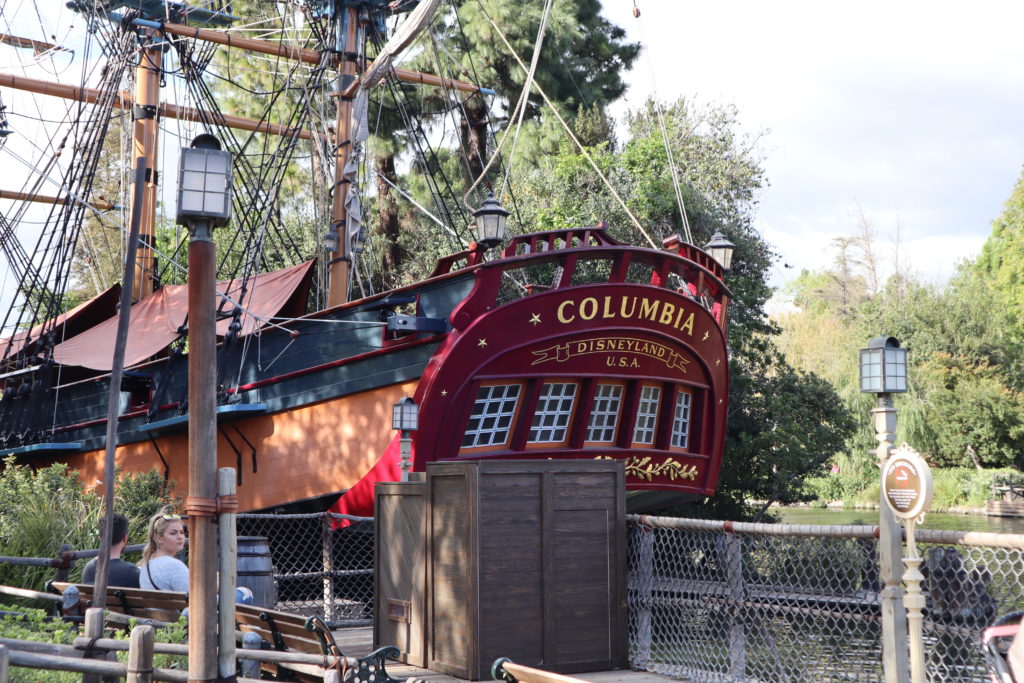
31. Sailing Ship Colombia
If you get a chance to ride it, Sailing Ship Colombia provides a very pleasant journey around Tom Sawyer Island. Trouble is, it’s almost never open, usually anchored in its spot near The Haunted Mansion. Originally opened in 1958, the Colombia’s biggest role nowadays seems to be as part of the Fantasmic! Show. The Colombia isn’t a bad way to explore the Rivers of America, but don’t expect to be able to actually go aboard.

30. Disneyland Monorail
The first monorail system to operate on a daily basis in the entire Western Hemisphere, the Disneyland Monorail has been in operation since 1959. The monorail gives visitors a ton of great views of the park, but it has limited usefulness as a transportation vehicle. Unlike the elaborate monorail tracks throughout Walt Disney World, Disneyland’s version only has stops in Tomorrowland and Downtown Disney.
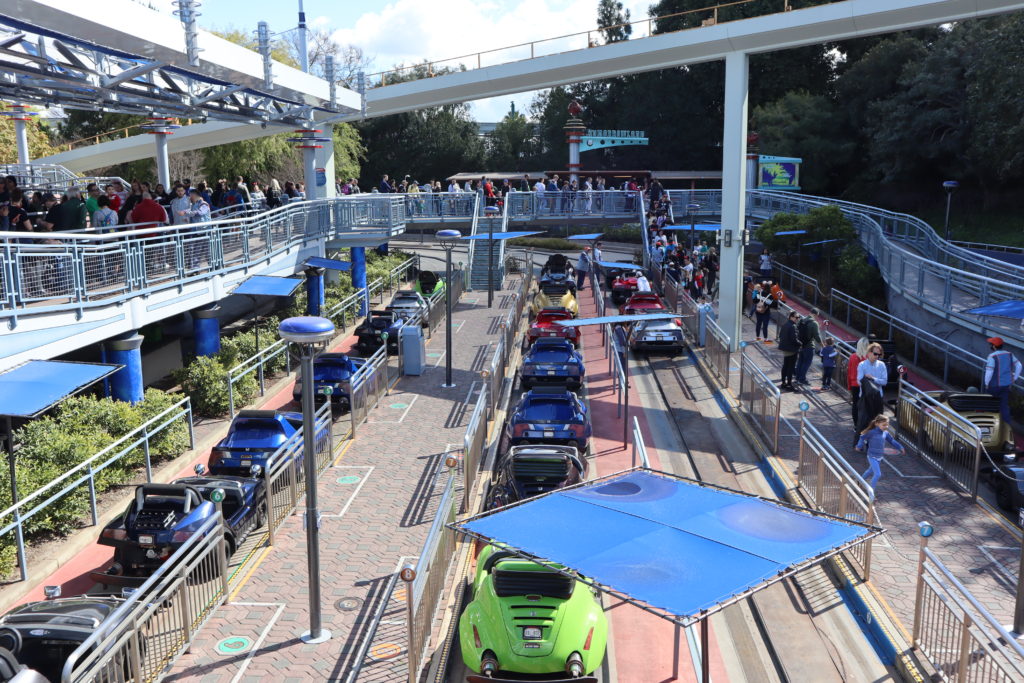
29. Autopia
Young children who grew up going to Disneyland may have a special place in their hearts for Autopia, which offered many their first chance to get behind the wheel. For just about anyone else, the whole ordeal is a tedious slog through an unremarkable section of the park while the smell of gasoline fills the air.
Autopia offers multiple tracks, giving passengers plenty of theoretical reasons to return that diminish once you’re freed from the slow-moving hell. The ride doesn’t offer the driver enough control or excitement to be an improvement on the standard carnival bumper-cars. As such, it’s best value likely comes from the photo-opportunity at the beginning of the ride, perfect for an Instagram picture that no one will ever be jealous of.
Though the signs say to not bump the car in front of you, the prospect of a slow speed collision is about the only thrill Autopia has to offer. A Disneyland original, Autopia certainly holds some nostalgic value to longtime super-fans, but longevity is hardly enough to save it from the bottom of the list.
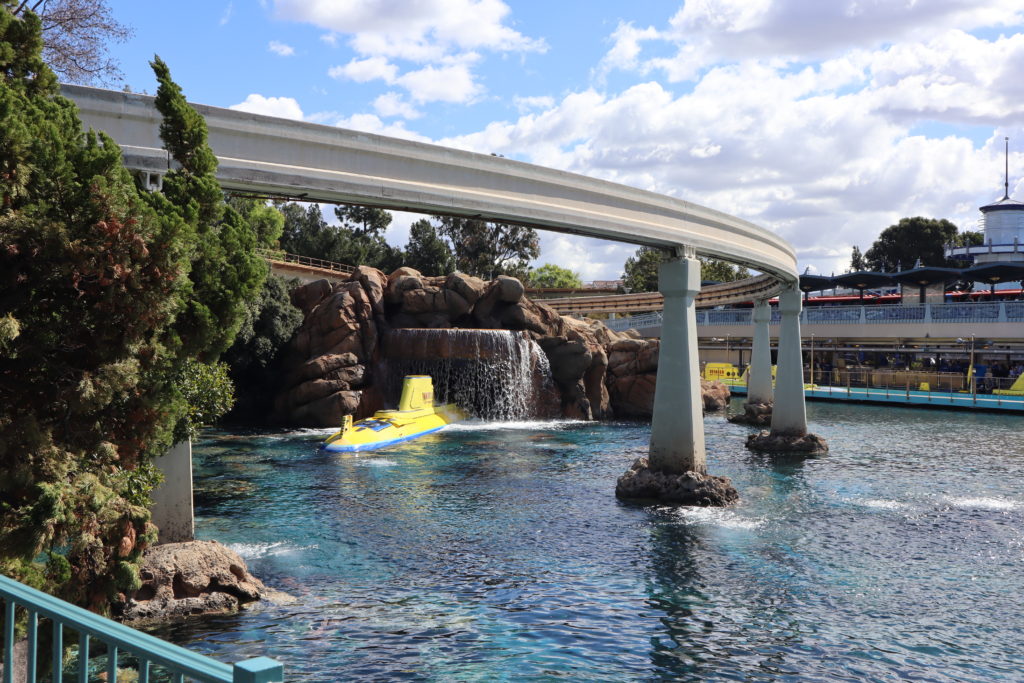
28. Finding Nemo Submarine Voyage
Nemo-aficionados will surely be angry by the low ranking, but the Submarine Voyage is among the most unpleasant experiences Disneyland has to offer that doesn’t involve a turkey leg. The dank smell of the submarines is enough to make one nauseous without the prospect of a nearby passenger who forgot deodorant. The ride covers an extensive amount of Nemo lore, but there’s something wrong about the idea of viewing cartoon fish underwater. The viewing windows are small and often dirty, giving riders a view of various algae-riddled sculptures underwater.
Submarine Voyage is the rare ride that is ill-served by its long length, as the air inside grows stale quite quickly with 40 passengers a vessel. While the submarines have been a fixture at Disneyland since 1959, Nemo enjoys far superior attractions at Epcot, which includes real fish, and at Tokyo Disneyland. Young children may enjoy the sight of Nemo, but the claustrophobic submarines offer little joy to just about anyone else.

27. King Arthur Carrousel
Carrousels occupy a special place in Disney lore, as the Griffith Park merry-go-round in Los Angeles served as inspiration for Walt Disney to create Disneyland itself. It seems only natural that the King Arthur Carrousel would occupy a place of prominence in Fantasyland when the park opened in 1955.
As far as rides go, it’s easy to dismiss the King Arthur Carrousel in a park full of attractions you can’t find anywhere else. The carrousel’s central location and fast-moving line make it a quick enjoy experience, especially if you’re lucky enough to have the Pearly Band on board playing live music. On an especially crowded day, it also gives one a great view of all the slow-moving lines, full of people who probably wish they were also riding the carrousel.
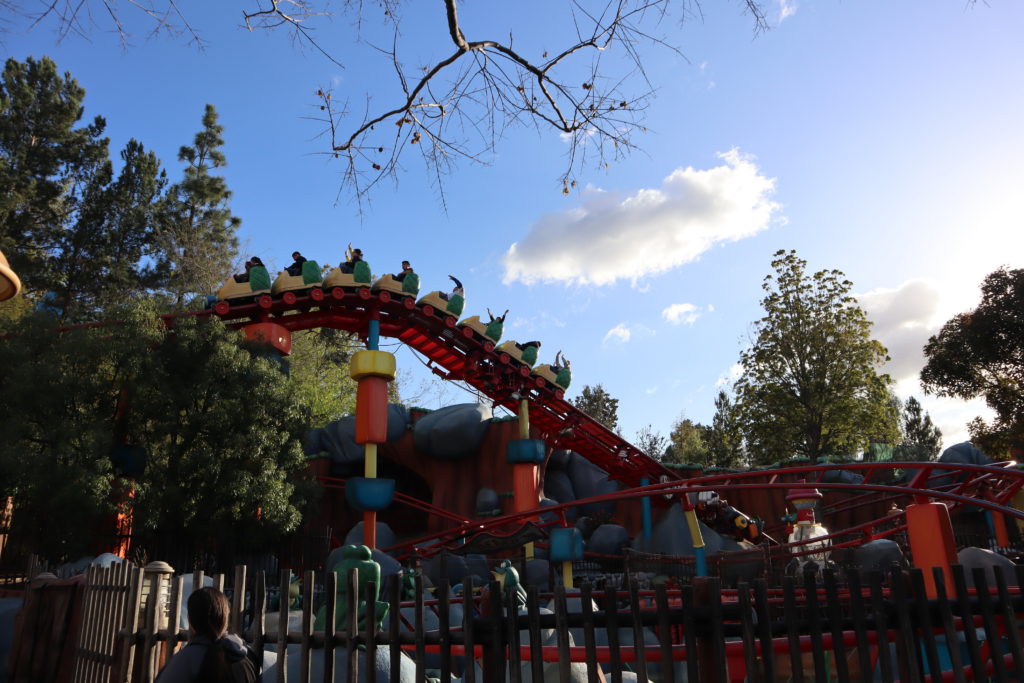
26. Gadget’s Go Coaster
For those of us who grew up with The Disney Afternoon, there’s something special about the idea that Disneyland still possesses a ride based off a television show from that era. Many of Disneyland’s youngest attendees may not have a clue who Gadget is, but the inventor extraordinaire from Chip n’ Dale: Rescue Rangers still has a place in the park with her junior roller coaster. How much longer it stays open remains to be seen, as it’s hard not to look around the dilapidated grounds it sits on and think the ride is part of the park’s long term plans.
Clocking in at 44 seconds, Gadget’s Go Coaster is the shortest ride at Disneyland. As far as rides geared toward young children go, it provides a great introductory experience to roller coasters, with a couple sharp turns that will get young thrill seekers in the mood for Big Thunder Mountain. The long lines it tends to accumulate diminish its value as a nostalgia ride for older fans who grew up with The Disney Channel, but the chance to take one’s children on adventure originally geared to them is an experience Toontown is able to deliver in abundance for millennial parents.
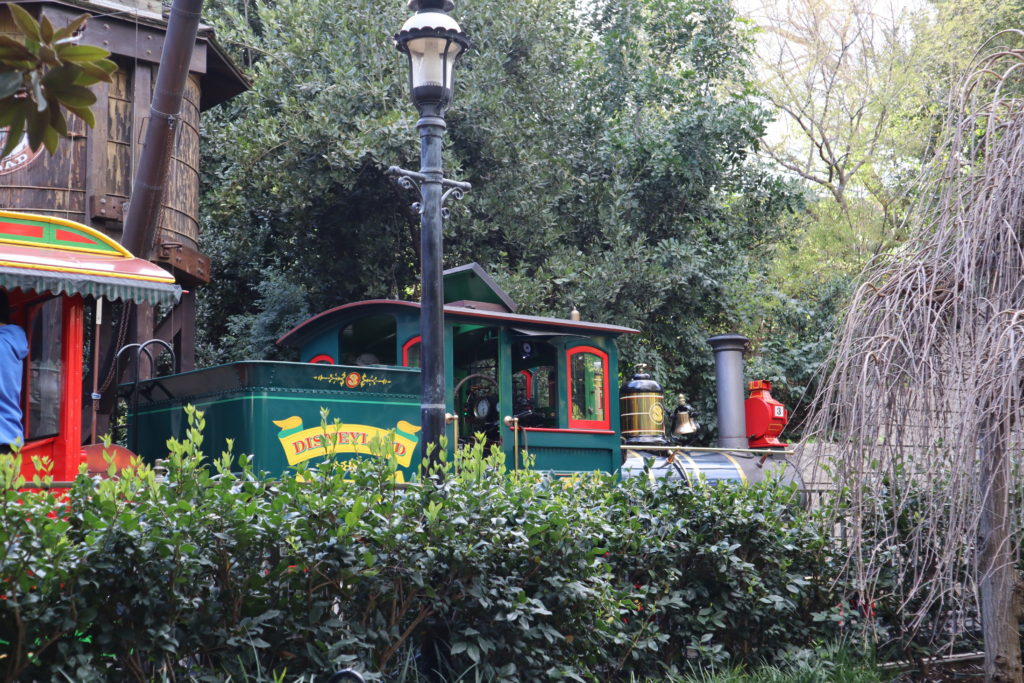
25. Disneyland Railroad
Rather appropriately, the Disneyland Railroad is the definitive rail experience the park has to offer. In a park full of trains, this is the only one that can be used to provide practical transport, with four stops conveniently located around the park. Beyond just merely being a good way to get around, the Disneyland Railroad also features several dioramas, including the Audio-Animatronic dinosaurs from the 1964 New York’s World Fair. My personal favorite part of the trip is when the train passes through Splash Mountain, offering passengers a great view of the critters singing “Zip-a-Dee-Doo-Dah.”
Tip: If you’re looking to ride the railroad at night, the Toontown and Tomorrowland stops are the way to go as they’re far less crowded than Main Street and New Orleans Square.
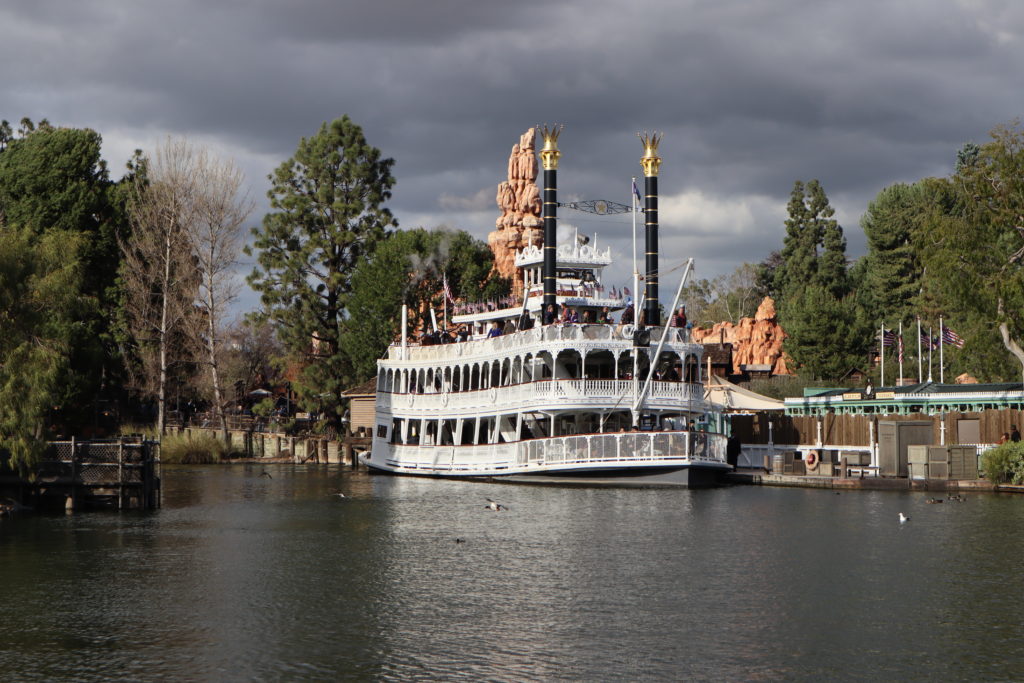
24. Mark Twain Riverboat
Unlike the Sailing Ship Colombia, the Mark Twain Riverboat makes voyages around the Rivers of America on a consistent basis. A Disneyland original, the Riverboat is a great way to get some spectacular views of the park while enjoying a relaxing boat ride. The narration can be a bit annoying, praising the beauty of nature while sailing around an artificial river, but there’s a good chance you’ll see some real-life ducks swimming around.
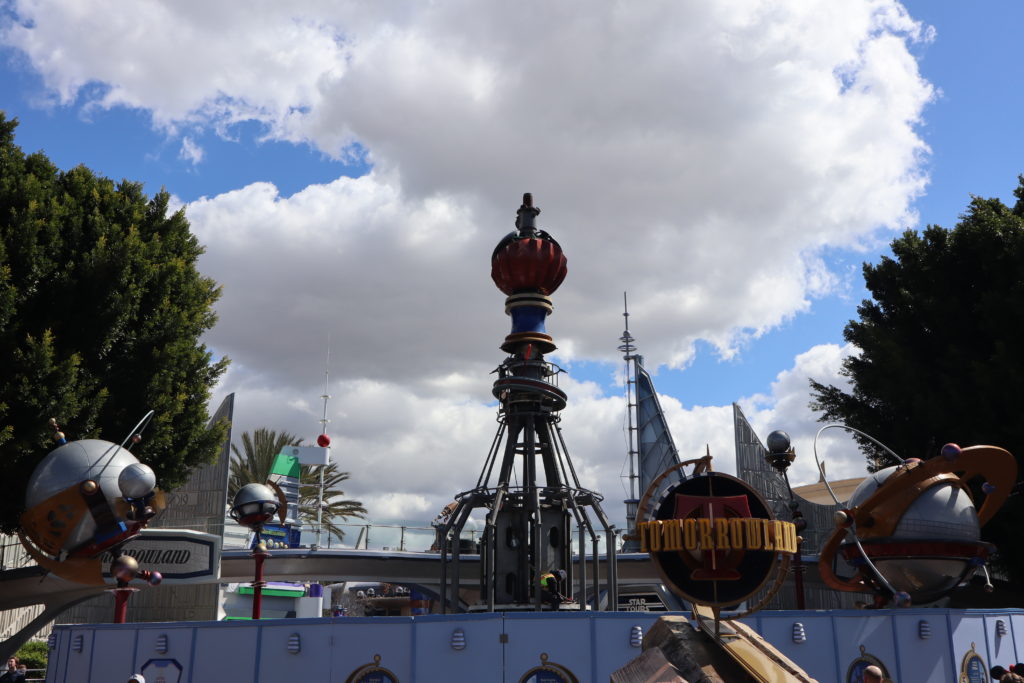
23. Astro Orbiter
Essentially a faster version of Dumbo the Flying Elephant, one could argue that the Astro Orbiter is the better ride. The Astro Orbiter does take passengers higher up in the air than Dumbo, but there’s something decidedly not as fun about spinning around in a vessel that isn’t a cute elephant. The view from the Astro Orbiter certainly isn’t as good, offering a glimpse at Main Street and the section of Tomorrowland in between Star Tours and Buzz Light Year Astro Blasters. Unless there’s a parade going on, there simply isn’t as much to look at as Dumbo’s Fantasyland perspective.
Astro Orbiter occupies a unique place in Disney-park lore, with six separate versions built around the world, though Tokyo Disneyland’s closed in 2017. Disneyland’s version is actually the fourth oldest, only built in 1998, giving it a far less important place in the park’s history than its Magic Kingdom counterpart. It might do a better job spinning you around in a circle than Dumbo, but that doesn’t necessarily make for a more worthwhile experience.

22. Mad Tea Party
A staple of practically every Disney park, the Mad Tea Party is one of Fantasyland’s definitive experiences. For many, the magic of Disneyland is best encapsulated in the ability to spin around in teacups as fast as you possibly can.
While not as thrilling as many other rides, the Disneyland original remains a classic that must be enjoyed at least once. Disneyland’s version differs from its successors in not having a roof, which renders the ride inoperable in the rain. My heart goes out to all the nausea-prone parents who have had to ride aboard a cup piloted by their adventurous children, determined to spin the cup to its max.
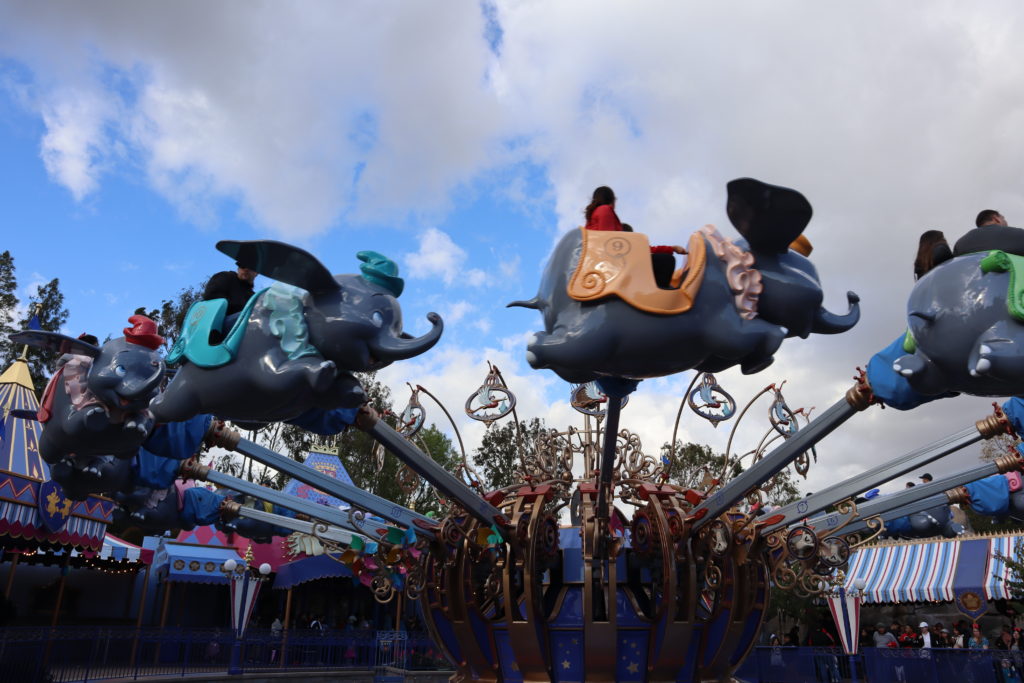
21. Dumbo the Flying Elephant
A Disneyland original, Dumbo is as iconic as it is unremarkable. Countless parents have waited upwards of an hour to spin around in a circle for a few minutes. The ride does offer a spectacular view of Fantasyland, but Dumbo is only worth riding for either nostalgic purposes, or because you have a young child who wants a ride in the adorable elephant.
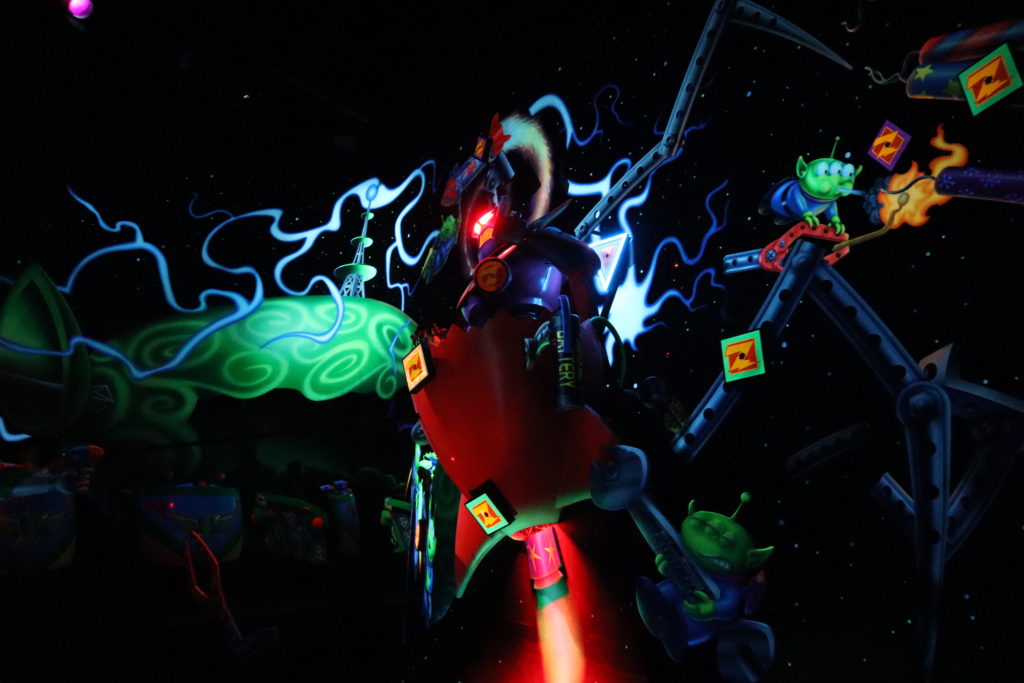
20. Buzz Lightyear Astro Blaster
Call me lazy, but part of the joy of a ride is not having to do anything for your thrills. With Buzz Lightyear Astro Blasters, the experience is largely decided by one’s ability to shoot a laser at the ride’s many targets. The attraction is actually a pretty good dark ride, capturing the spirit of the underrated if not largely forgotten Buzz Lightyear of Star Command TV series that aired in the wake of Toy Story 2.
It’s hard to criticize the accuracy of the blaster without inviting claims of mere incompetence, but regardless, the ride is hardly worth the long lines it often accumulates. Disneyland’s version debuted in 2004, six years after the Magic Kingdom’s original. The California take is vastly superior, with a lot more dialogue and blasters that can be removed from their mount, but Astro Blaster is one of the more skippable rides in the park and easily its weakest attraction to offer a Fastpass.
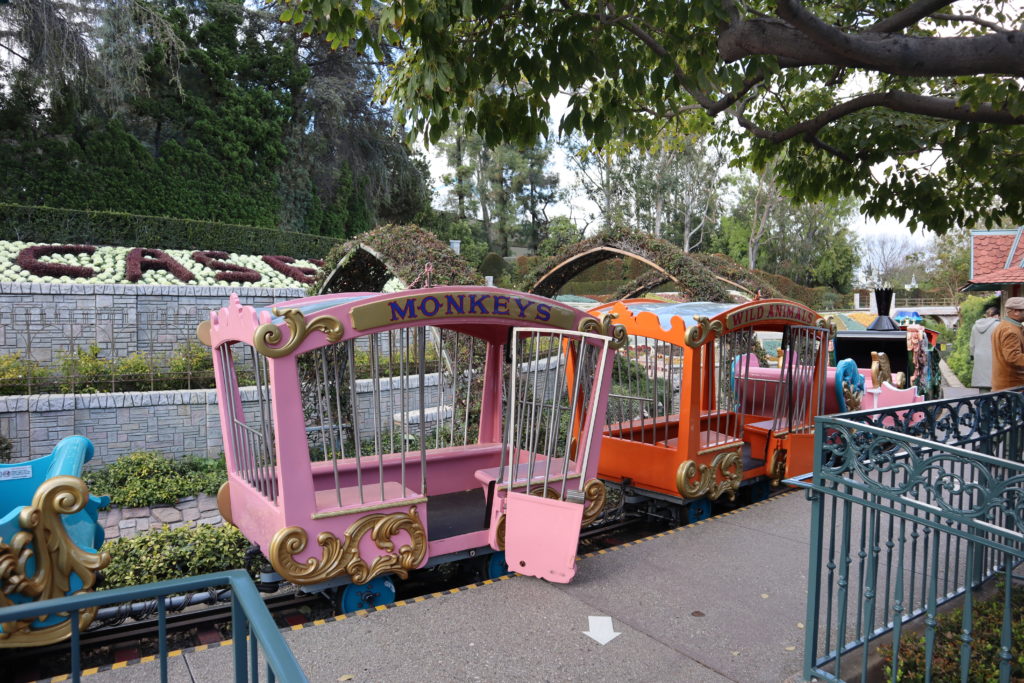
19. Casey Jr. Circus Train
Right out of Dumbo, Casey Jr. Circus Trains comes roaring down the track to take visitors on an enchanted journey through Storybook Land. For those who want to experience the miniatures from a more vertical angle, or simply don’t want to wait in the Canal Boat line, Casey Jr. offers a great alternative perspective of all the scenery. The first half of the ride is hands-down the best as you can sing along to the title song while taking in all the views.
There are a few choices of seating to pick from. The monkey cages tend to go first, a favorite for young children. My personal favorite spot is the back of the caboose, which gives you a completely unobstructed view of Storybookland as well as the broader Fantasyland. Most certainly not just a children’s ride, grab your lemonade and cracker jacks, because Casey Jr.’s back!
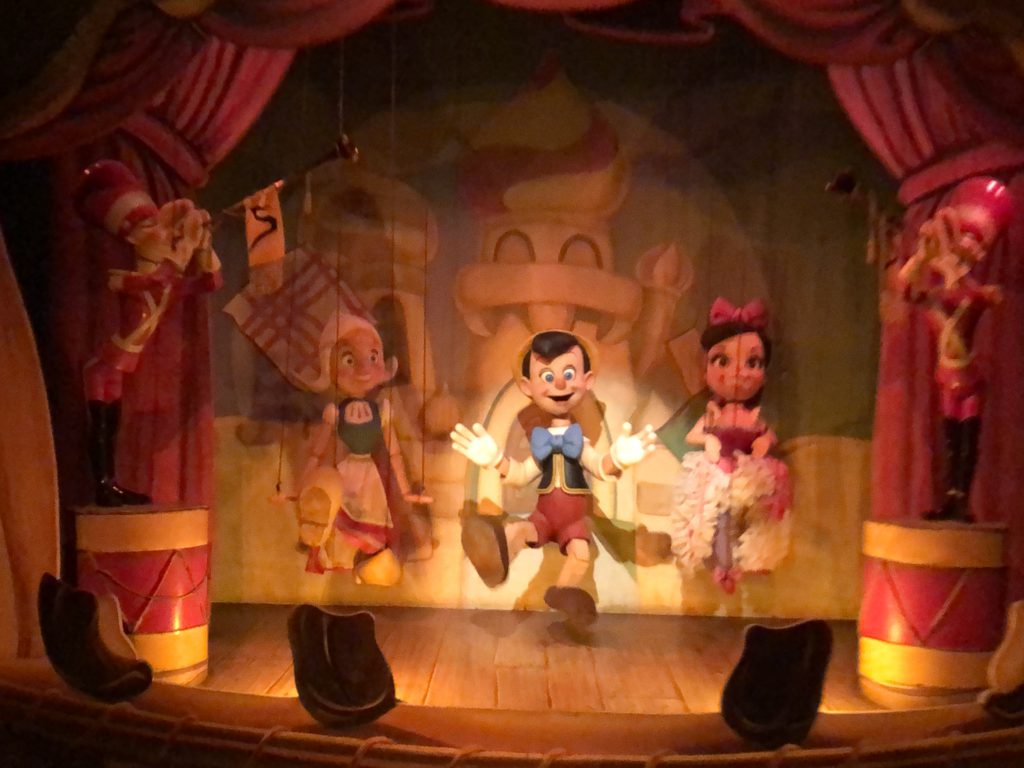
18. Pinocchio’s Daring Journey
Fantasyland’s youngest dark ride, Pinocchio’s Daring Journey was added in 1983 as part of a larger overhaul of the area. It’s a pretty cute ride that covers an extensive chunk of the Disney classic. Pinocchio’s Daring Journey also has some of the park’s best Audio-Animatronics, including Lampick’s transformation into an adorable sad donkey.
Sadly, unlike Snow White’s Scary Adventures or Mr. Toad’s Wild Ride, Pinocchio’s Daring Journey doesn’t include a needlessly terrifying scene in a forest or an idiosyncratic trip through Hell. The ride is a Disneyland exclusive in North America, with additional versions in Disneyland Paris and Disneyland Tokyo. The line rarely gets too long, making it a worthwhile experience through one of Disney’s most iconic films.

17. Storybook Land Canal Boats
On the purely adorable scale, Storybook Land Canal Boats rivals it’s a small world for cutest ride in the whole park. The boat voyage through miniature recreations of many of Disney’s beloved classics is always a magical experience. Covering an eighty-year stretch of Disney history from The Three Little Pigs to Frozen, the Storybook Land Canal Boats has something for fans of all ages to enjoy. My personal favorite is the Toad Hall, complete with Mr. Toad’s famous motorcar.
Unlike the Jungle Cruise, the Storybook Land guides rarely ad-lib, reciting a relentlessly upbeat script that starts to sound eerily similar to state-run propaganda the more you hear it. The ride queue is a strong contender for worst in the park, an overly cramped slow-moving slog made much worse by unavoidable eavesdropping and nearby body odor.
Despite the peripheral issues, Storybook Land Canal Boats is an adorable ride that shouldn’t be missed, especially since its only other version resides in Disneyland Paris. The Paris version includes its own eclectic mix of miniatures from a wide spread of the Disney canon and doesn’t include guides, leaving the question of which is better up for debate.
Tip: If you ride at night, the audio from the guides is a bit harder to hear and you’ll also see plenty of sleeping ducks lining the sides of the canal.

16. Jungle Cruise
If you appreciate the humor, the Jungle Cruise is a pretty pun-derful experience. A Disneyland original, the Jungle Cruise has been taking passengers on voyagers through Asia, Africa, and South America since 1955, though the jokes were only added in 1962. The journey itself remains largely the same despite numerous changes, most notably in 1994 to accommodate the construction of Indiana Jones Adventure.
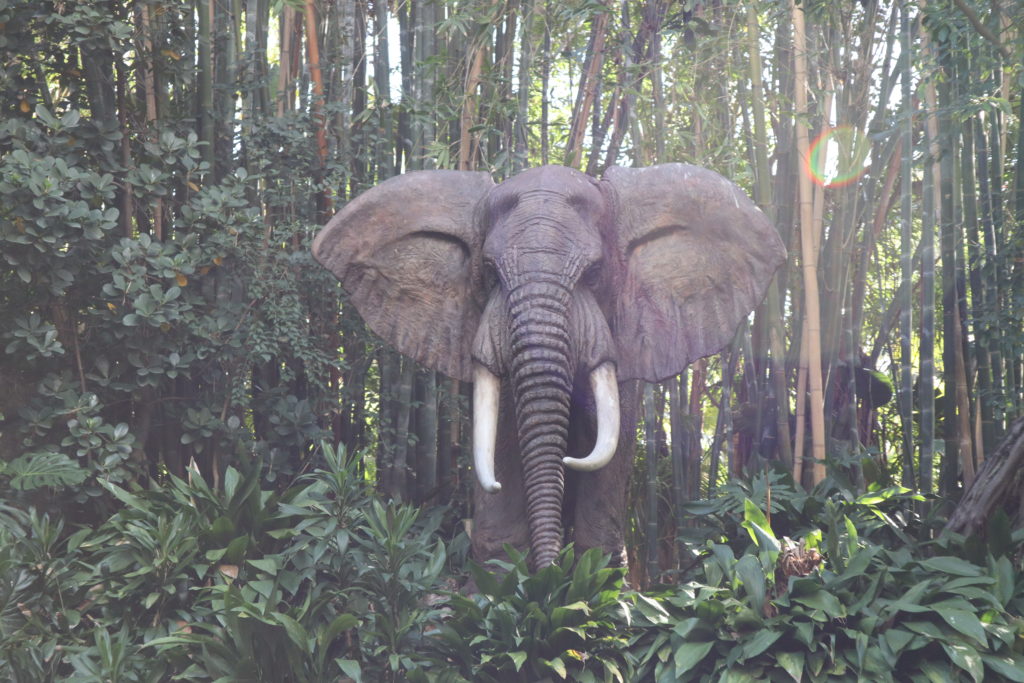
Moreso than any other ride, The Jungle Cruise experience is largely determined by the human touch, with each guide delivering their own take on the standard script. The scenery is quite well maintained, with quite believable animatronics. The Jungle Cruise is a relaxing ride that often doesn’t have too bad of a line, making it a great opportunity to squeeze a quick rest in. The puns might grow stale after a little while, but the experience is not one to miss if you haven’t yet gotten a chance to board the world-famous Jungle Cruise.
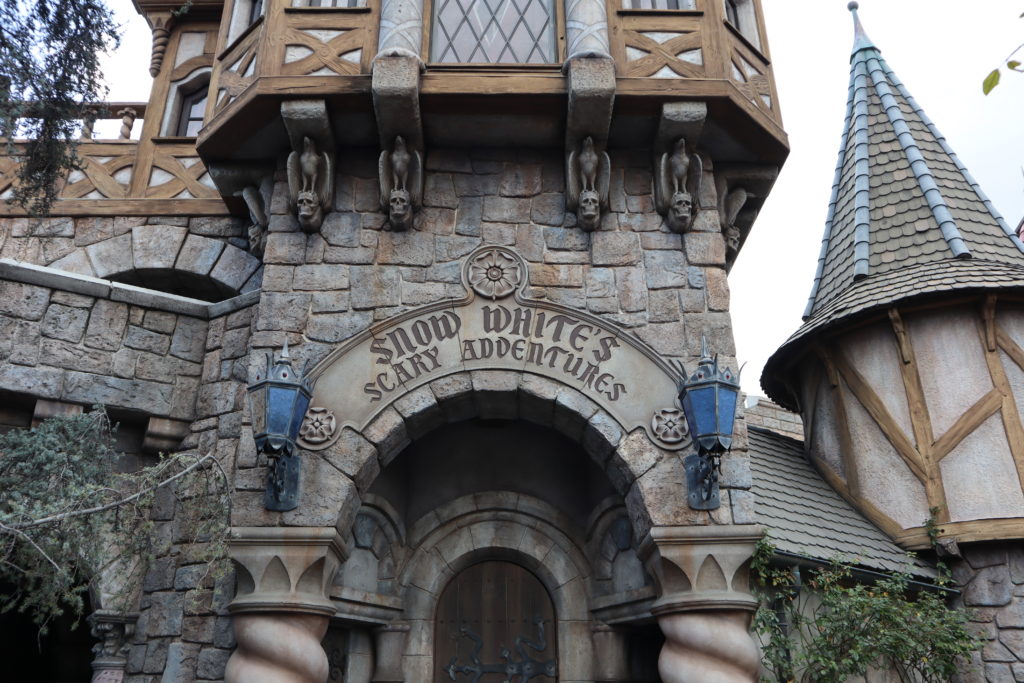
15. Snow White’s Scary Adventures
A Disneyland original, Snow White’s Scary Adventures is so terrifying that the Magic Kingdom actually toned down its version. Combined with Mr. Toad’s Hell segment, the haunting forest in Snow White are more than enough to give any child nightmares, rather surprising for the part of Fantasyland most geared toward young visitors.
Disneyland’s version received some renovations in 1983, adding Snow White to her titular ride, though the Evil Queen remains the focus of the journey. I often wonder how many children were turned off to apples because of the ride, intertwining its scariest parts with frequent suggestions to consume the fruit. The ride possesses perhaps the most abrupt ending of any attraction in the park, forcing passengers to invert their heads in order to catch a glimpse of the lightning bolt that sends the Witch to her death. The line rarely gets too long, making Snow White’s Scary Adventures an easy attraction to check off one’s list.
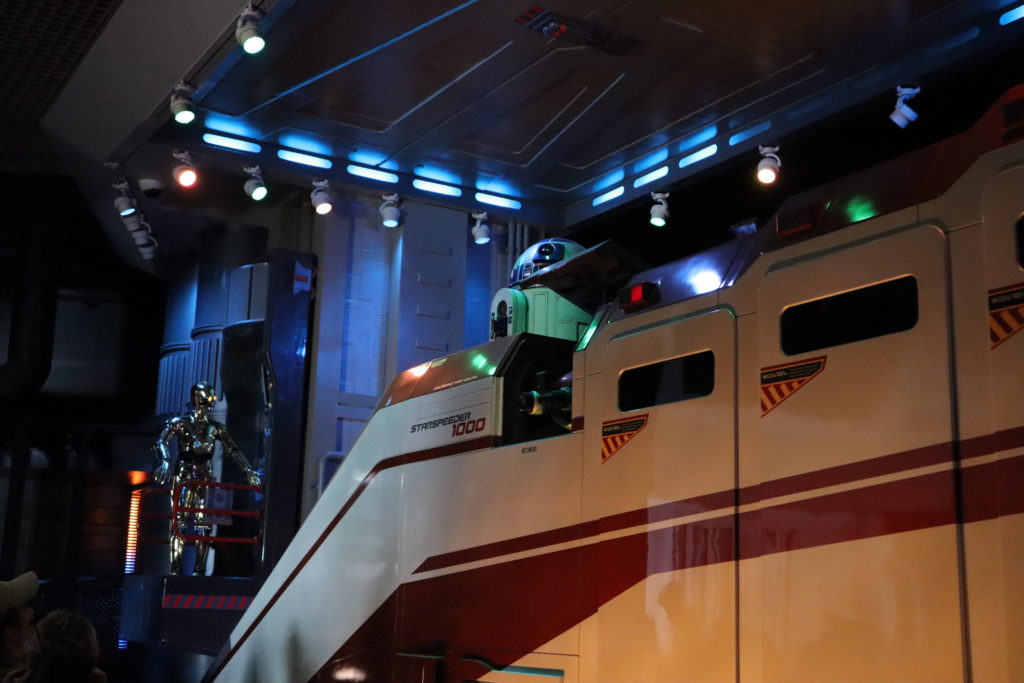
14. Star Tours – The Adventure Continues
Disneyland’s only motion simulator ride, the original Star Tours also possesses the distinction of being the park’s first attraction to be licensed off a non-Disney owned intellectual property, though the 2012 acquisition of Lucasfilm brought both Star Wars and Indiana Jones officially into the Disney family.
Star Tours’ major 2011 renovation officially added “The Adventure Continues” to its title, bringing with it a bunch of changes that significantly enhanced its value as an attraction to visit multiple times. With 384 possible ride variations, it’s unlikely passengers will experience the same sequence twice. New segments based on The Force Awakens and The Last Jedi include original footage recorded by the cast members themselves, a rarity for Disneyland.
The ride itself can be a little nauseating as you’re jerked back and forth, but the segments are pretty spectacular. My favorites are the podracing sequence, the battle over Coruscant, and the journey through Naboo, the latter of which features a cameo from everyone’s favorite gungan Jar Jar Binks. Meesa thinks Star Tours is muay muay fun.
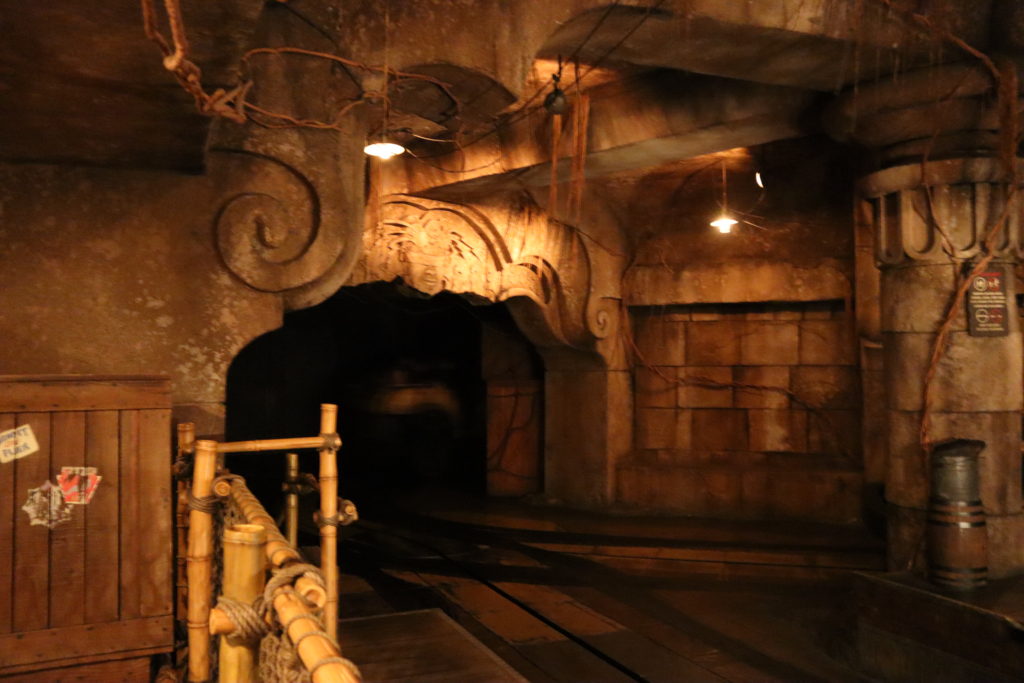
13. Indiana Jones Adventure: Temple of the Forbidden Eye
Few rides successfully immerse their passengers in the lore of their franchise better than Indiana Jones Adventure. The journey through the Temple of the Forbidden Eye could’ve easily ended up being the subject of its own film, an idea that’s almost certainly crossed someone’s mind as the ride is often one of the park’s most popular attractions. Consistent with the other rides built in the 1990s, Indiana Jones Adventure possesses an elaborately impressive queue, taking visitors through numerous eerie passageways on their way to the ride.
The adventure itself is a bit more of a mixed bag. The scenery inside the temple is spectacular and the journey across the bridge is always a delight, but the ride under-delivers on the thrills you’d expect from an Indiana Jones attraction. The military vehicle journey tends to fall more under the category of unpleasant than exciting, jerking passengers back and forth without a ton of thrills. The middle row, in particular, is decidedly mild, almost like a slightly bumpier version of The Many Adventures of Winnie the Pooh. Of the three rows, the third is the most exciting, though those riding on the corners seats can expect to be jerked all over the place.
Indiana Jones Adventure certainly has its fans and is usually one of the park’s busiest attractions. As a Disneyland exclusive, it’s certainly worth visiting, but as a thrill ride it leaves too much to be desired to earn a spot in the top ten.
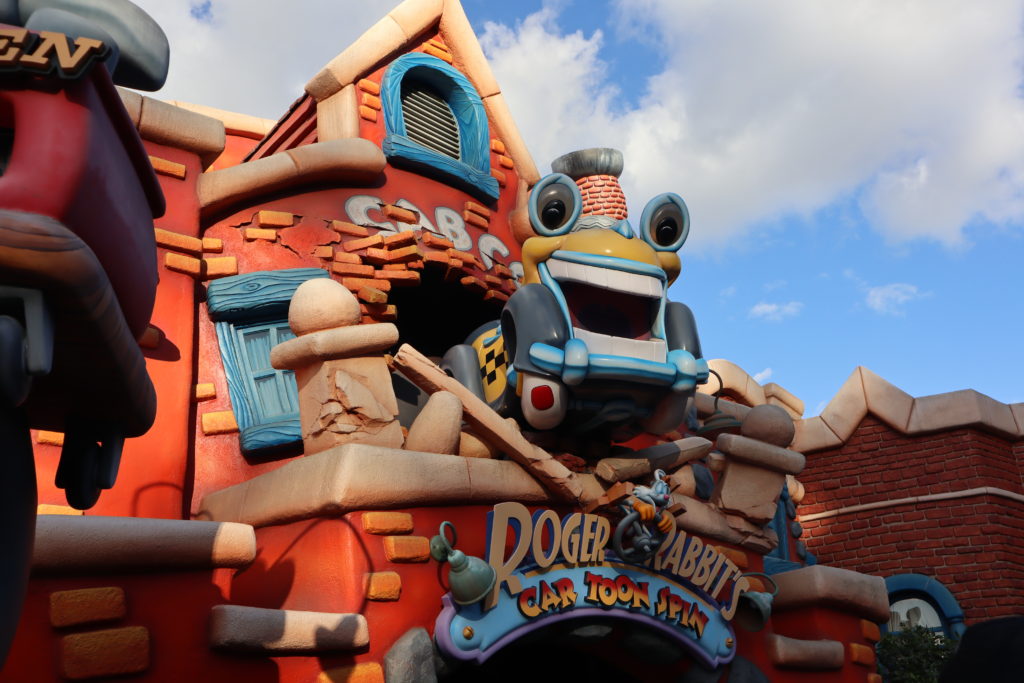
12. Roger Rabbit’s Car Toon Spin
Though the Disney Renaissance produced far more lucrative films, Toontown owes its origin to the film that jumpstarted the era. It seems unlikely that we’d have a ride based on Who Framed Roger Rabbit if Disney waited even a couple of years to develop an entire land based off the film, considering the sheer amount of blockbuster hits that followed in its wake. Though Toontown closed in the Magic Kingdom back in 2011, never possessing a Car Toon Spin of its own, Roger Rabbit lives on in Disneyland and its Tokyo counterpart.
Car Toon Spin is among the most elaborate and impressive dark rides in either California park. Taking passengers on a journey through Toontown, the experience can be tailored to the individual rider’s preferences through the ability to control the steering wheel, allowing the cab to be spun around as fast as your arms can spin. While the ride doesn’t follow the film very much, the trip through the power plant is quite exciting.
Car Toon spin also possesses one of the best ride queues in the park, immersing standby passengers in the lore of the film. The ride is available for Fastpass, so I’d only recommend waiting if the line is short, something that’s hardly a guarantee as standby frequently runs close to an hour. While many of Disneyland’s young visitors likely have no idea who Roger Rabbit is, it’s great to see his legacy live on in Toontown through this spectacular ride.
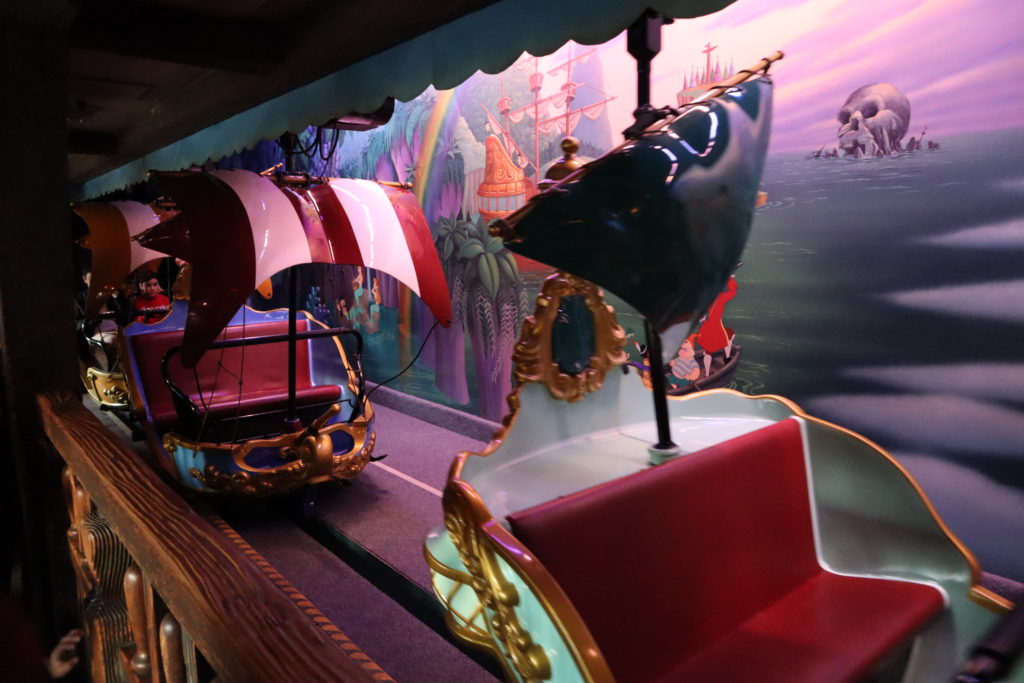
11. Peter Pan’s Flight
For a ride that’s been in operation since Disneyland opened in 1955, Peter Pan’s Flight still attracts hordes of crowds, almost always possessing the longest wait time of any ride without a Fastpass. It’s not hard to see why. Even after decades of technological improvements, few rides can top the joy of sailing through London on a flying ship.
Peter Pan’s Flight features numerous elaborate scenes, including a marvelous replica of Neverland in all its detail. The rail the boats follow moves in a way that really gives each passenger a full view of everything, while Peter Pan’s timeless score plays in the background. The animatronics are also quite impressive, though the ride only covers a brief portion of the story. The sight of Peter Pan battling Captain Hook is always a treat, even if you have to endure a long line to experience it.
Tip: While you can expect to always wait at least twenty minutes to ride Peter Pan’s Flight, the best case scenario for the line is to jump in when the queue is only one or two rows past the indoor section.

10. The Many Adventures of Winnie the Pooh
The perfect way to unwind after a drop into the briar patch, The Many Adventures of Winnie the Pooh gives park visitors another great reason to make the journey to Critter Country. The motion-enhanced dark ride takes passengers on a journey through A.A. Milne’s iconic novel. It’s practically impossible to ride through the Hundred Acre Wood without a smile on your face as that silly old bear tries to find some hunny.
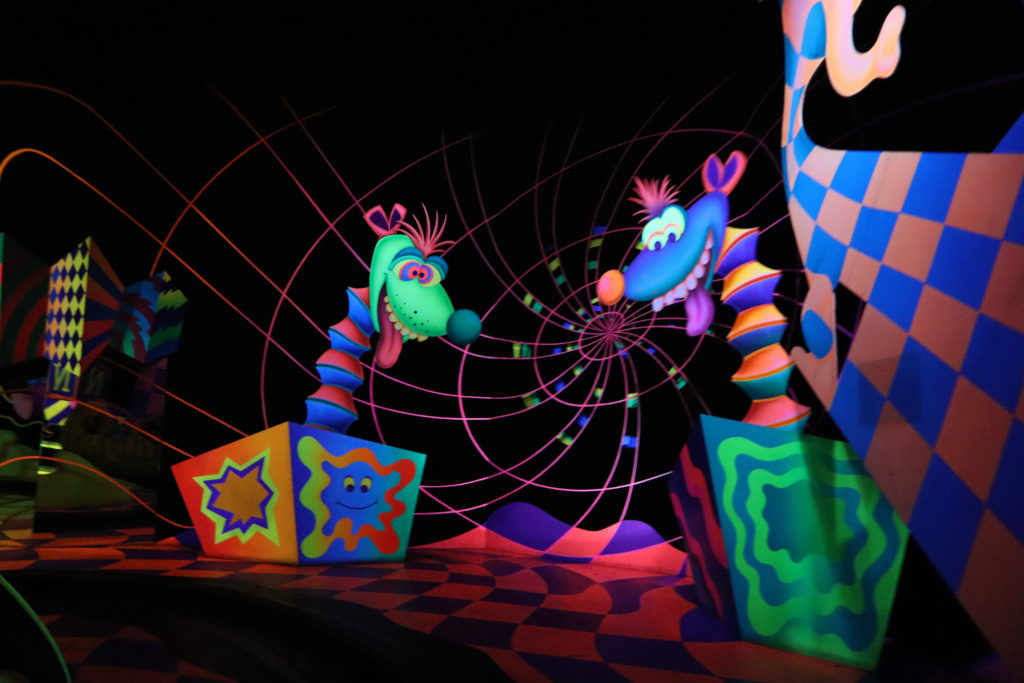
Some people may never forgive The Many Adventures of Winnie the Pooh for replacing the Country Bears Jamboree, but at least it didn’t take the spot of Mr. Toad’s Wild Ride like its Magic Kingdom counterpart. Though not as elaborate as the Florida version, Pooh offers plenty of delights, especially the trippy recreation of Heffalumps and Woozles.
The Many of Adventures of Winnie the Pooh ends on an immensely fitting note, with the silly old bear proclaiming, “Well, that was fun” just before the beehive transport returns outside. I find myself consistently agreeing with him.
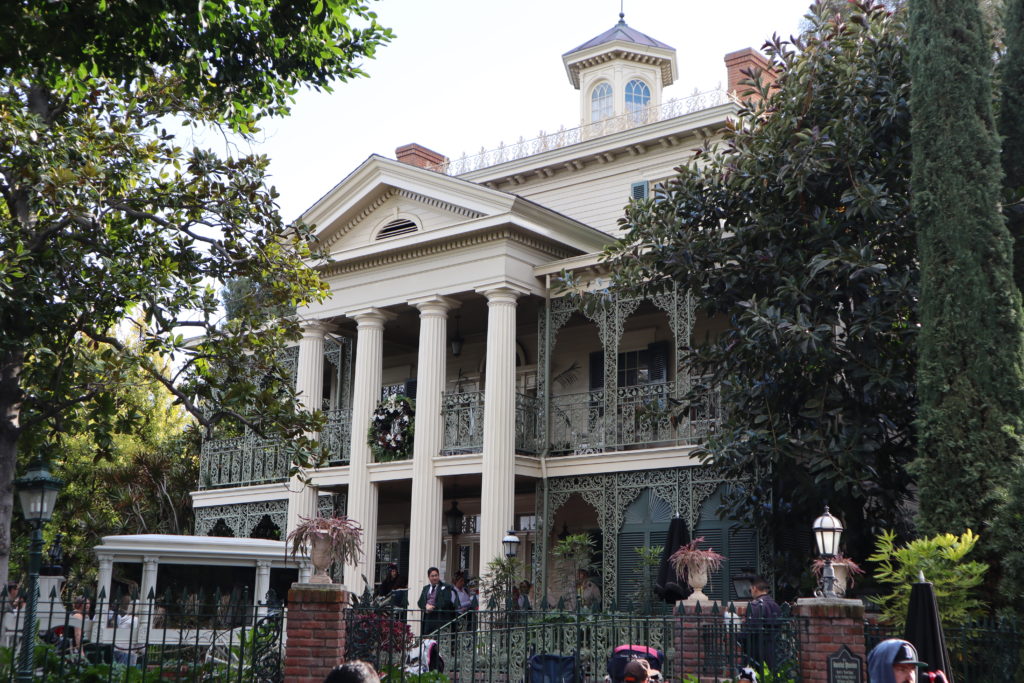
9. Haunted Mansion
With lines like, “Your cadaverous pallor betrays an aura of foreboding,” The Haunted Mansion represents the pinnacle of fun one can have in a ride queue at Disneyland. Scaring visitors to New Orleans Square since 1969, The Haunted Mansion offers passengers a chilling challenge through an antebellum-style manor. The slow-moving dark ride covers every nook and cranny of the ghost-infested estate, with plenty of songs and incantations guaranteed to become stuck in your head for the rest of the day.
In terms of narrative, the ride provides one of the best experiences in the park, presenting a complete story from the moment the floor starts to stretch all the way to the sight of a hitchhiking ghost in your “Doom Buggy.” My personal favorite section is the balcony over the Great Hall, where passengers can enjoy a great view of the dancing ghosts. The ride undergoes an extensive overhaul each Halloween modeled after The Nightmare Before Christmas, telling a story of Jack Skellington’s visit to the mansion. One of Disneyland’s most iconic rides, The Haunted Mansion thankfully offers a Fastpass to skip the lines that tend to accumulate by midday.
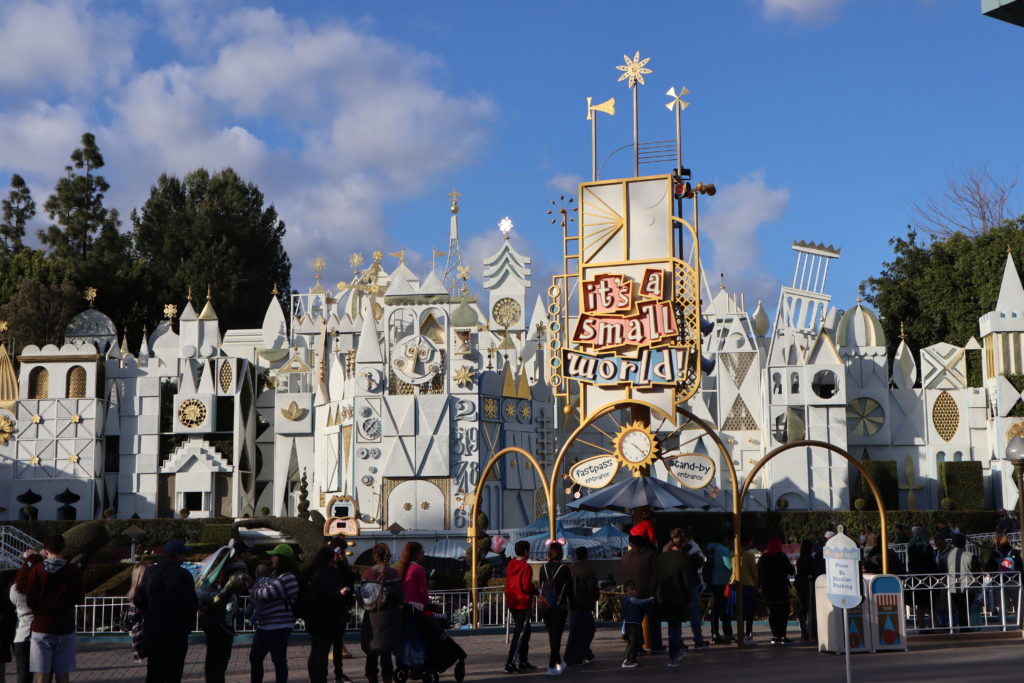
8. it’s a small world
Never go to Disneyland with a scrooge who hates on it’s a small world. The happiest cruise that ever sailed ‘round the world is a must do no matter what Disney park you visit, a nonstop parade of joy. There are those who hate on the repetitive nature of the titular song, failing to appreciate the achievements of its easily translatable verses.
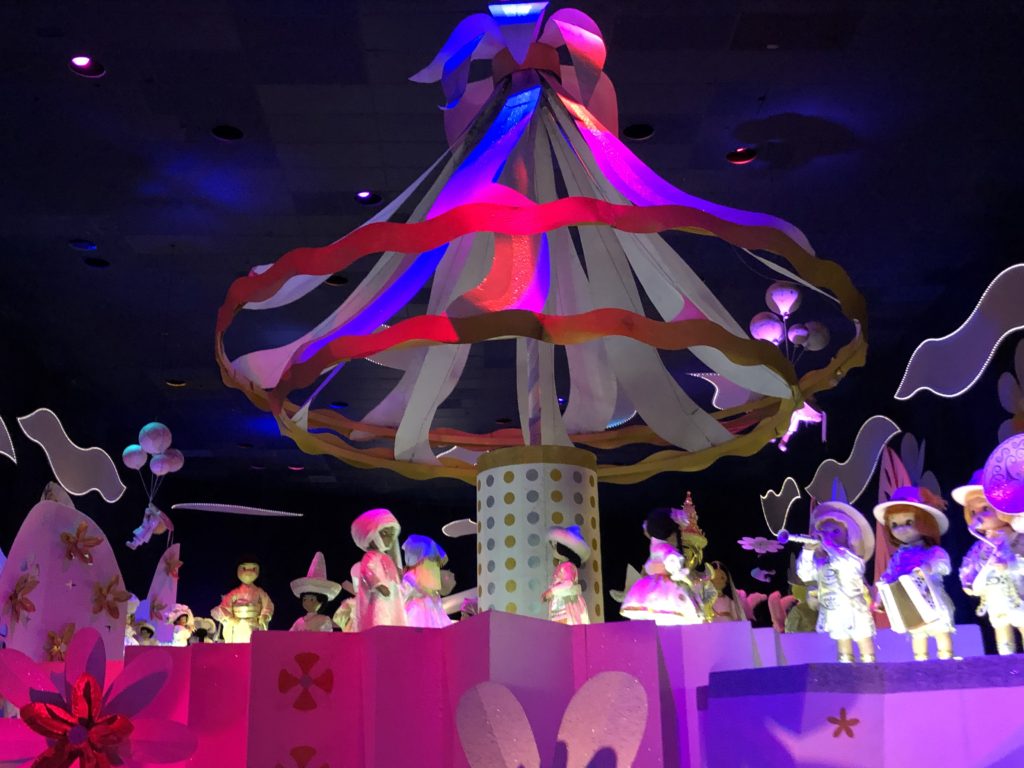
Originally constructed for the 1964 New York World’s Fair, the ride has called Disneyland home since 1966. A 2008 refurbishment saw the additional of 29 Disney characters spread throughout the ride, a feature that distinguishes it from the Magic Kingdom version. One of the most relaxing rides the park has to offer, it’s a small world is a great way to rest your legs while still being able to take in the wonder of the ride. The ride receives a holiday overhaul each year, swapping out its main theme for “Jingle Bells,” and “Deck the Halls,” to give passengers some new songs to have stuck in their heads.
Hating on it’s a small world does not make you cool, it just makes you a bad person.
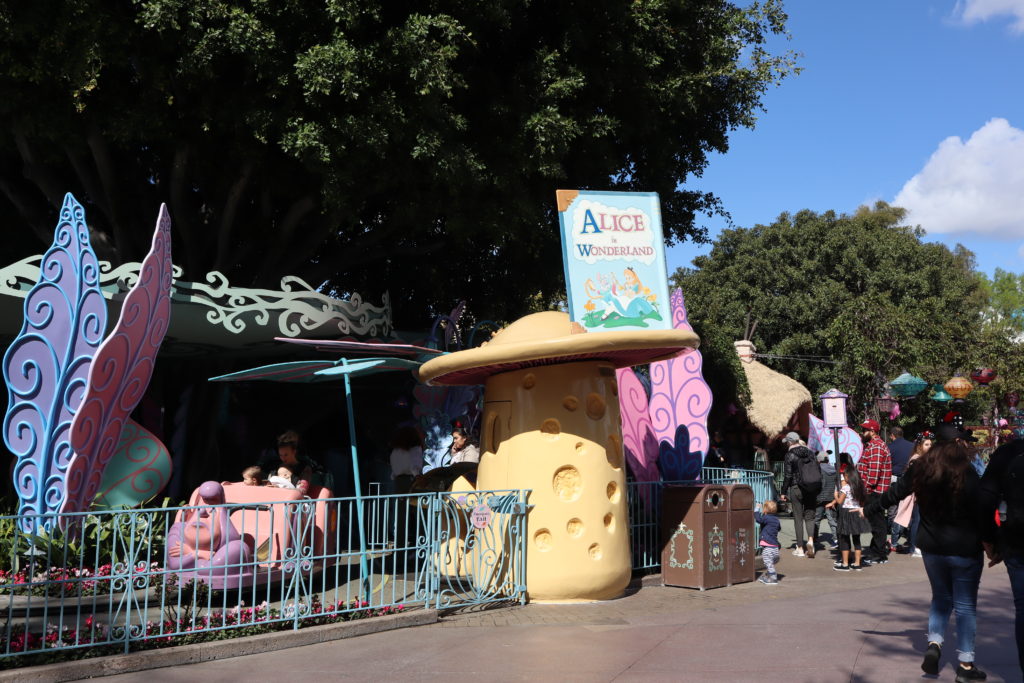
7. Alice in Wonderland
Alice in Wonderland consistently possesses one of the worst lines in the park without a Fastpass, but it’s not very hard to see why. Among the most technically impressive dark rides in the park, Alice is also one of its longest. After taking passengers through Wonderland, the ride moves outside onto the building’s roof, giving riders a great glimpse of all the people waiting in the queue.
The ride has undergone many renovations since its opening in 1958, updated to include animations from the film itself. The animatronics are elaborate and colorful, guaranteed to put a smile on your face as you follow Alice’s adventure. The final scene gives everyone a chance to celebrate their “unbirthday” with Alice and the Mad Hatter. A Disneyland exclusive, Alice is a must visit for first-time park-goers, though I’d recommend making it your first ride of the day, as the line rarely lets up.
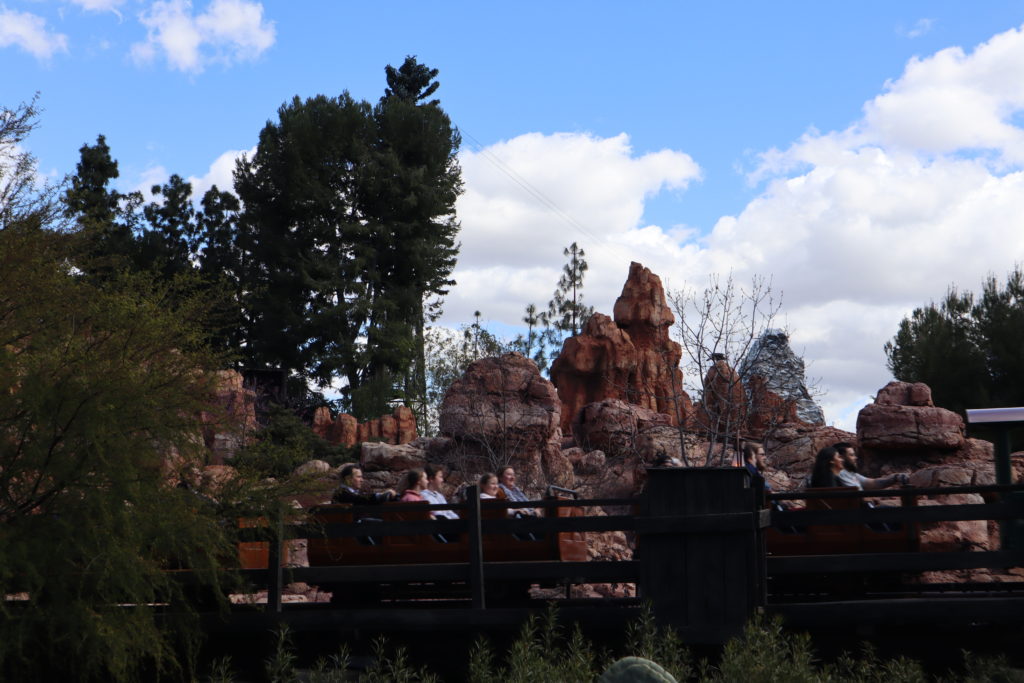
6. Big Thunder Mountain
Originally built to provide a more thrilling experience than the older Mine Train Through Nature’s Wonderland, Big Thunder Mountain has been taking passengers on a fast speed train rides through Frontierland since 1979. A less daunting alternative to Space Mountain and The Matterhorn Bobsleds, Big Thunder is a perfect stepping stone for young children eager to experience the more adventurous side of Disneyland. The “wildest ride in the wilderness” offers some of Disneyland’s most exciting sharp turns while keeping the drops to a minimum.
The scenery in Big Thunder Mountain is also pretty spectacular, full of cute critters and dynamite-loving skunks. There is a saloon toward the end of the ride that states, “We serve the finest corn whiskey,” a claim that’s rather bizarre for a park that doesn’t sell alcohol outside of Club 33. The perfect thrill ride for passengers of all ages (at least those that pass the height requirement), Big Thunder Mountain is one to ride multiple times a trip, especially to enjoy the eeriness of a nighttime train ride. The younger Magic Kingdom version is a bit bigger, but Disneyland’s original take offers more than enough thrills.
I often joke that the train could perhaps be the elusive “Casey Sr.,” but one thing’s for sure, it’s one of Disneyland’s best rides.
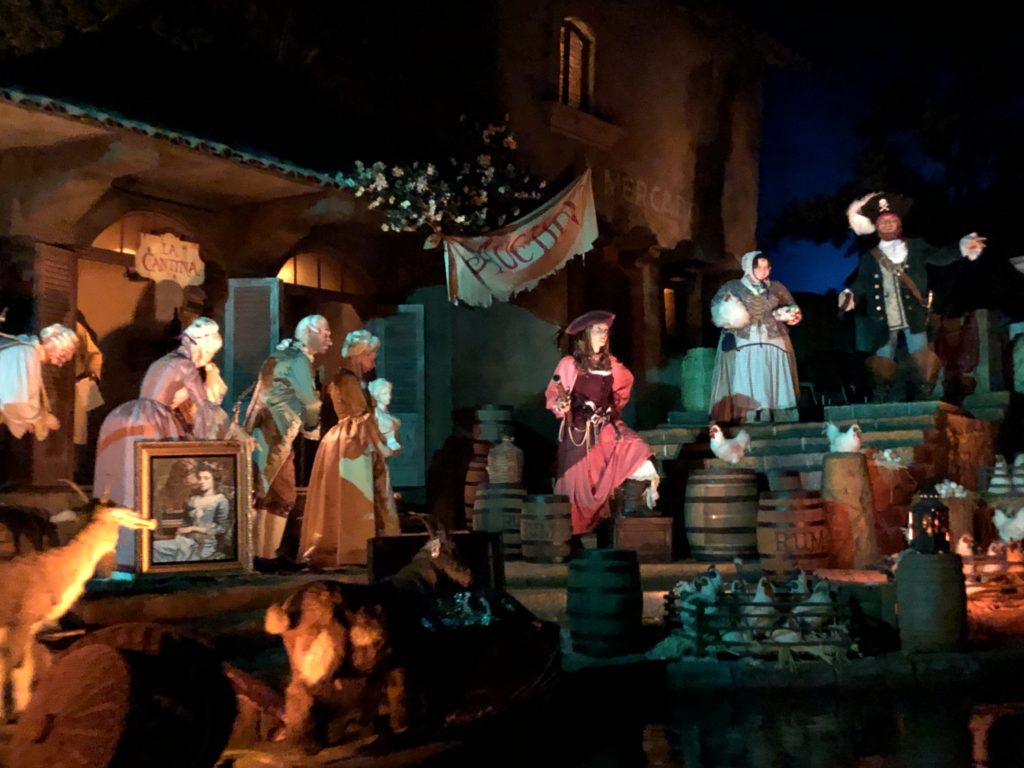
5. Pirates of the Caribbean
As the last ride to have its construction overseen by Walt Disney himself, Pirates of the Caribbean holds a lot of sentimental value to Disneyland super fans. The ride has been taking passengers through the pirate-invaded Isla Tesoro since 1967, though the attraction has seen numerous renovations over the years. After serving as the source material for the wildly popular Pirates of the Caribbean film franchise, the ride saw itself remodeled in the likeness of Johnny Depp’s Jack Sparrow. Recent years have seen a few reversions to the ride of old, particularly the return of Paul Frees’ original audio tracks.
The only theme park ride to have been caught up in the #MeToo movement, Pirates did away with its “Wench Auction” in 2018 in favor of a female pirate, who reminds visitors of the importance of rum in any seafaring diet. While some Disneyland originalists might welcome the removal of Depp years after the peak of the franchise, the ride continues to be one of the park’s most popular attractions. With a whopping fifteen-minute runtime, practically double the length of the Magic Kingdom version, the journey is well worth the wait. No trip to Disneyland is complete without a boat ride through the Caribbean.
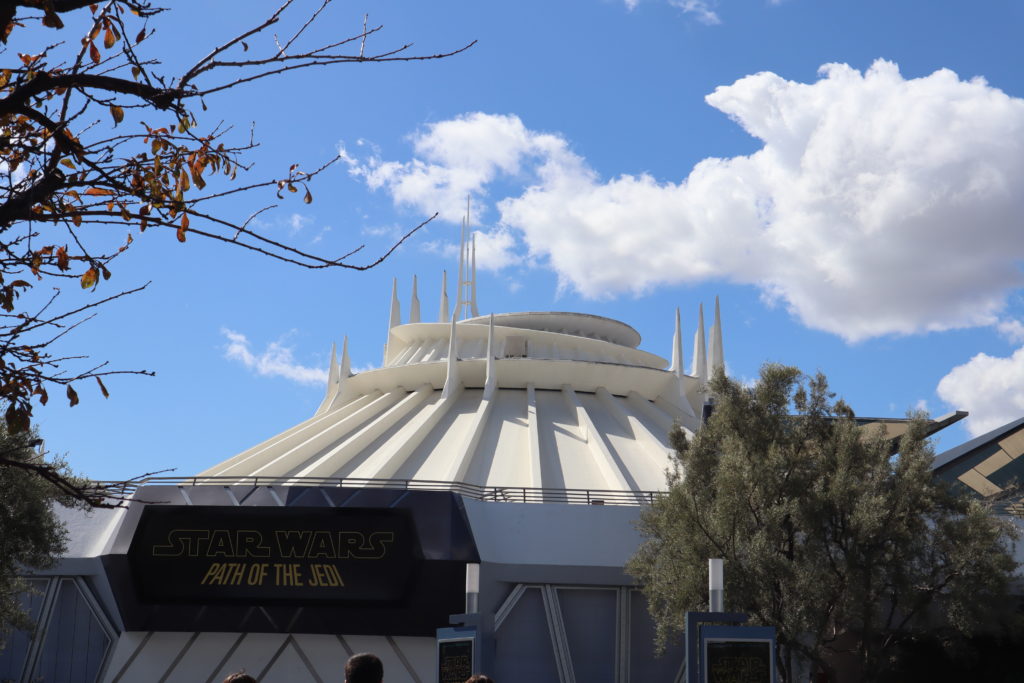
4. Space Mountain
Often possessing the longest line in the whole park, Space Mountain is well worth the wait (though a Fastpass is certainly recommended). The indoor roller coaster would be thrilling enough with the lights on, but the darkness adds a whole layer of excitement to the experience. The sharp twists and turns make you feel like you’re being blasted through outer space, rarely slowing down until it’s time for the lights to come on enough for a totally unnecessary picture.

Disneyland’s Space Mountain isn’t as long or as thrilling as its older sibling in the Magic Kingdom, but the California version is a must-do for adventure seekers. The countdown at the beginning of the ride is perhaps Disneyland’s most effective suspense building, putting passengers in the perfect mood for an adventure.
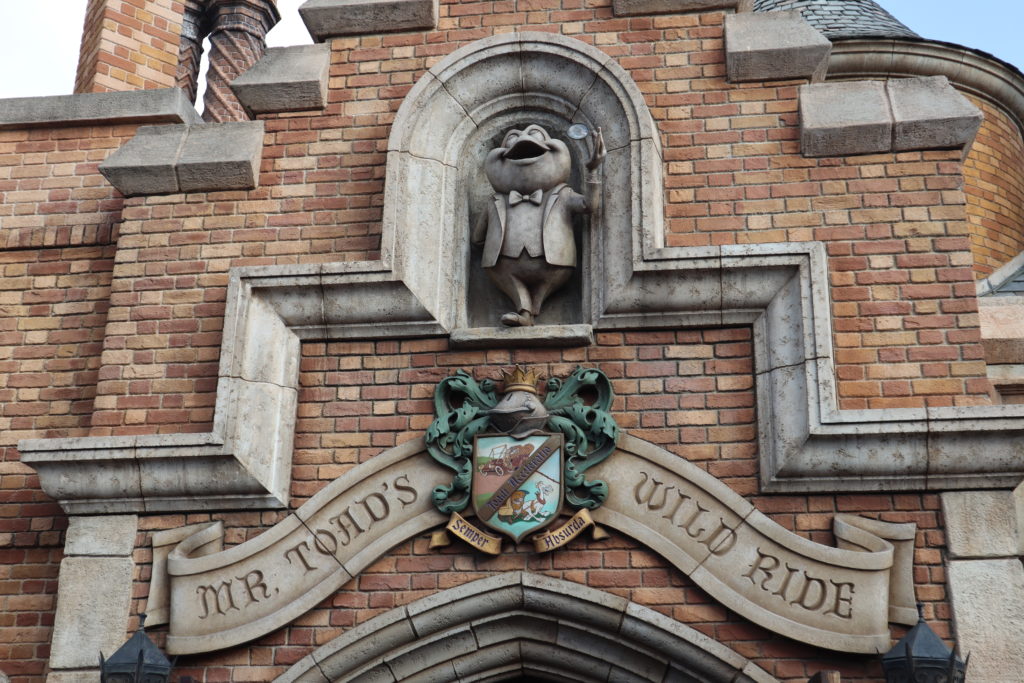
3. Mr. Toad’s Wild Ride
A Disneyland original, Mr. Toad’s Wild Ride has been taking visitors on motorcar adventures since 1955. Based on Disney’s adaptation of the classic children’s novel The Wind and the Willows, the queue gets you right in the spirit, from the courtyard into Toad Hall itself. The dark ride takes travelers on a journey through the weasel infested estate, through London, and finally, for some reason … Hell!
Mr. Toad’s Wild Ride earns its high ranking off the sheer idiosyncrasy of the experience. Where else can you find a children’s ride eager to take its passengers through the fiery depths of hell, absent from all versions of its source material? The ride itself remains impressive, full of sharp turns and colorful scenery, and unlike Indiana Jones Adventure and Radiator Springs, the steering wheel actually moves!
While many of the young visitors may not be familiar with The Adventures of Ichabod and Mr. Toad, the ride remains popular, often challenging Peter Pan’s Flight and Alice in Wonderland for longest wait in Fantasyland. With the 1998 closure of the Mr. Toad’s Wild Ride in the Magic Kingdom, the Disneyland version is the only one still in operation. A trip to Disneyland is most certainly not complete without a trip to Toad Hall.
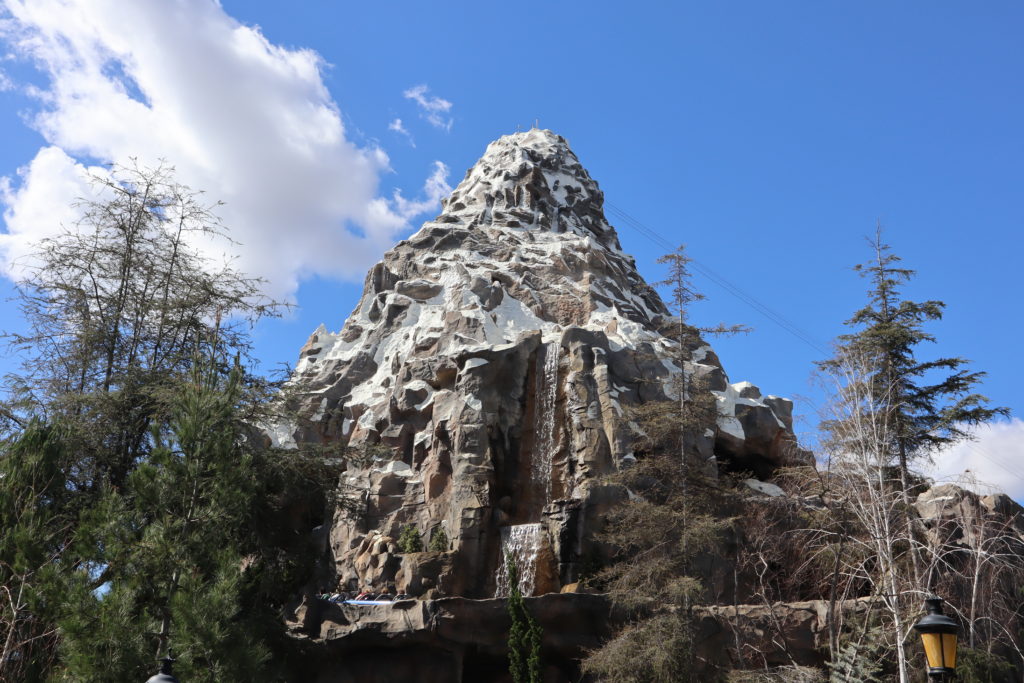
2. Matterhorn Bobsleds
The world’s first tubular steel roller coaster is an enduring classic and Disneyland’s finest exclusive ride. If the thrills of riding down the mountain don’t supply enough adrenaline, the sight of the Abominable Snowman is sure to give you a shock as you speed by. The aged bobsleds offer quite the bumpy experience, but that’s all part of the fun.
With two separate tracks providing slightly different experiences, the Matterhorn Bobsleds if one of my favorite rides to do multiple times a visit. The side facing Fantasyland is the more thrilling of the two with sharper drops, but the Tomorrowland track gives you a longer ride. The front seat offers the best views, but the fifth and sixth seats are the best if you want the full bumpy experience. The Matterhorn is best enjoyed at night, when the darkness accentuates the scariness of the Abominable Snowman’s bright red eyes.
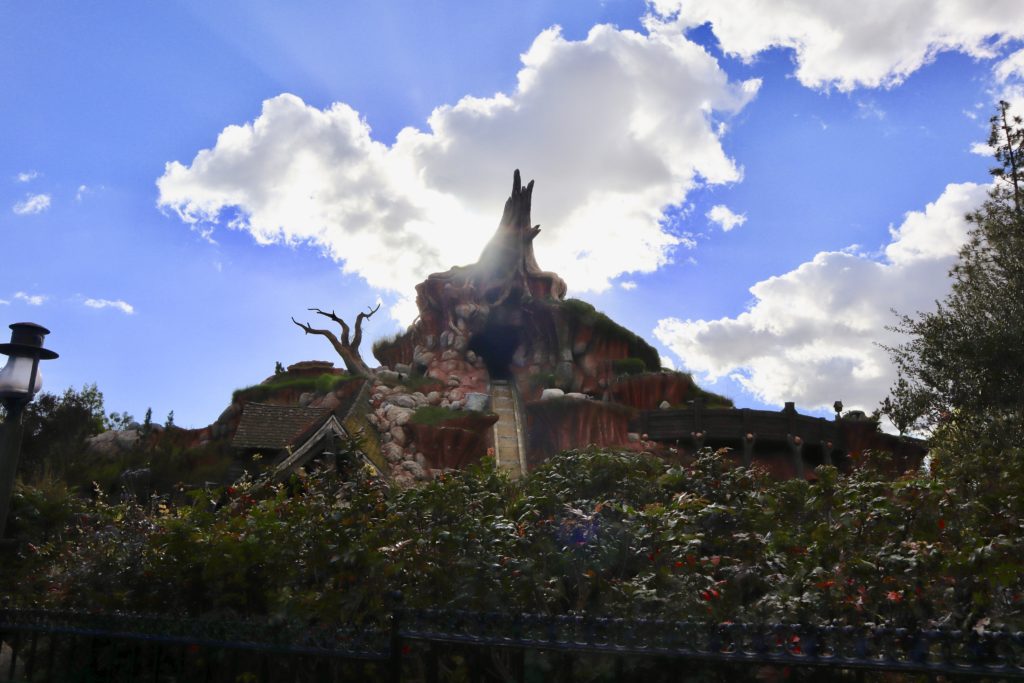
1. Splash Mountain
The perfect combination of thrills and artistry, Splash Mountain best encapsulates the Disneyland experience. The log flume pairs Disneyland’s animatronic craftsmanship with the high octane rush of its three drops, destined to get at least the front seat completely drenched. Based on the banished Song of the South, the ride faithfully recreates the non-offensive cartoon portions of Br’er Rabbit’s adventures, including many of its iconic songs.
It’s almost hard to believe how accurately the ride follows the source material considering how few of its passengers are familiar with the work that Disney has never officially released on home video. Of all the thrill rides at Disneyland, it’s by far the longest, giving riders the best bang for their time spent in line. While the younger Magic Kingdom adaptation is a bit longer, the original Disneyland version is the only one to include the haunting “Burrow’s Lament,” making it the definitive Splash Mountain.

The steep drop into the briar patch is counterbalanced by the charm of many animals singing “Zip-a-Dee-Doo-Dah” as the ride comes to a close. Perfect for hot days, Splash Mountain is always a treat. No trip to Disneyland is complete without a trek to Critter Country to visit the Laughin’ Place. Br’er Rabbit might be one of the more obscure Disney characters, but he always leaves you with a wonderful feeling on a wonderful day.





